
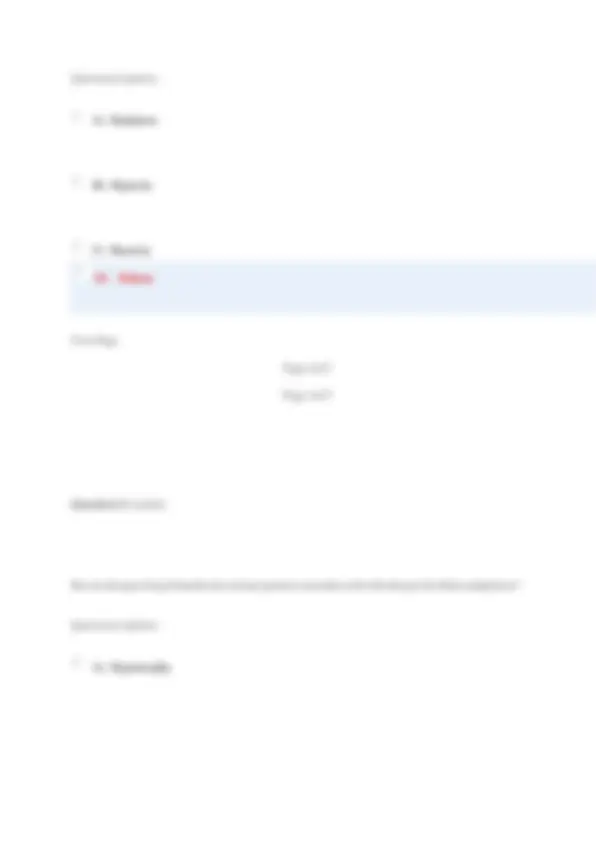
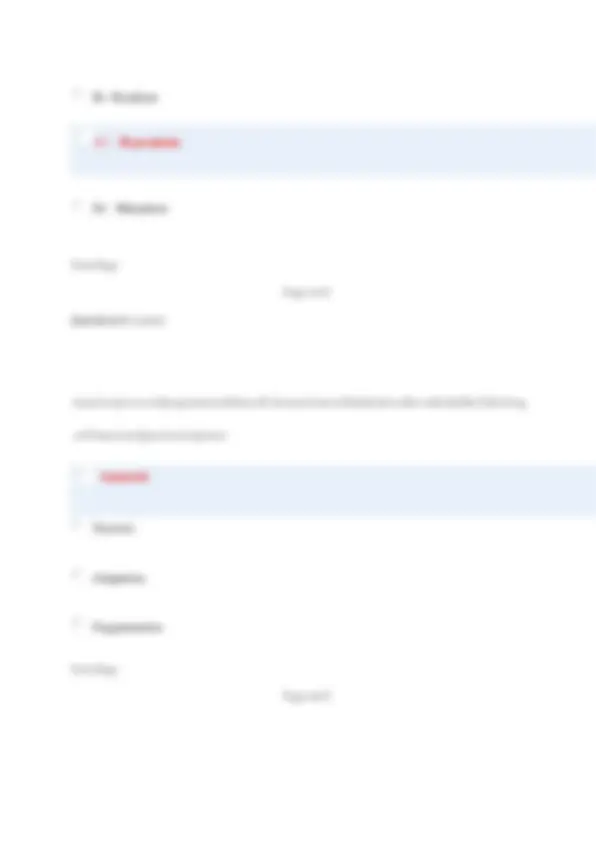
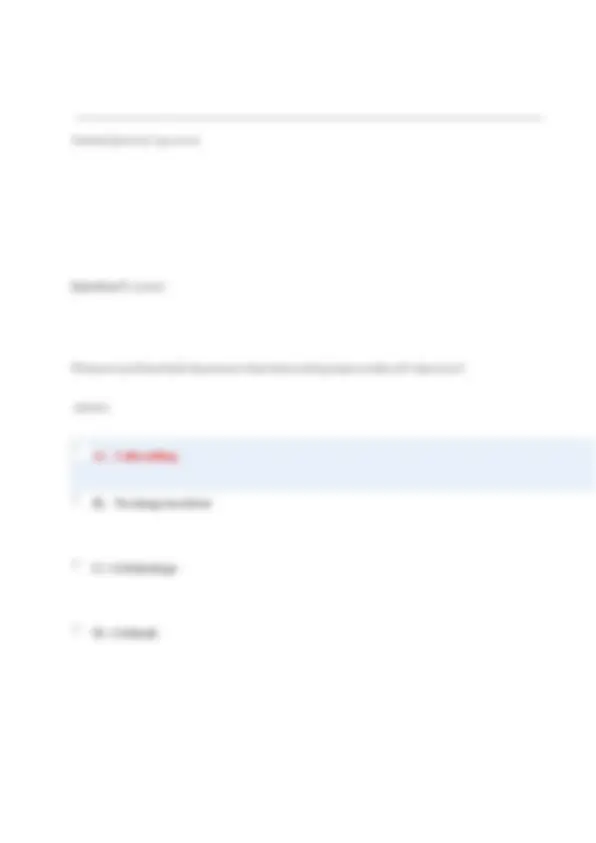
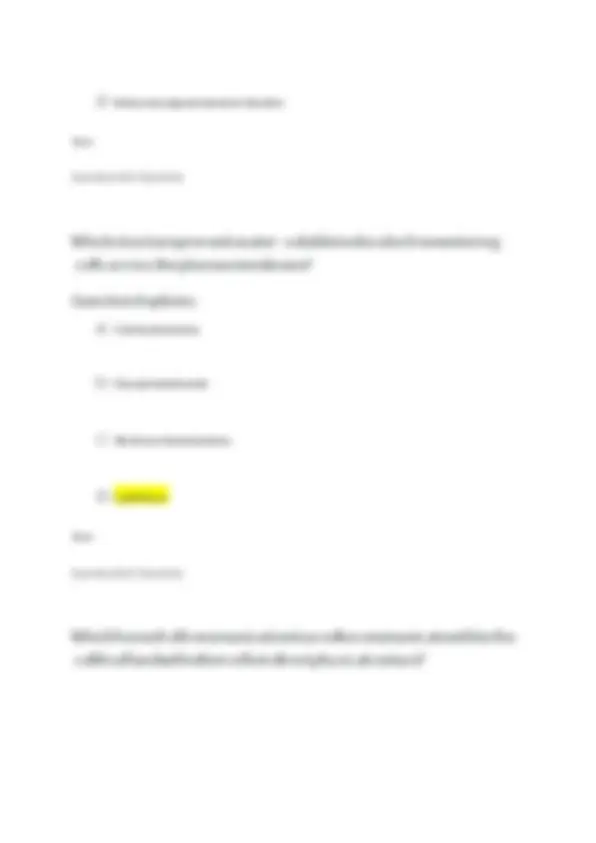
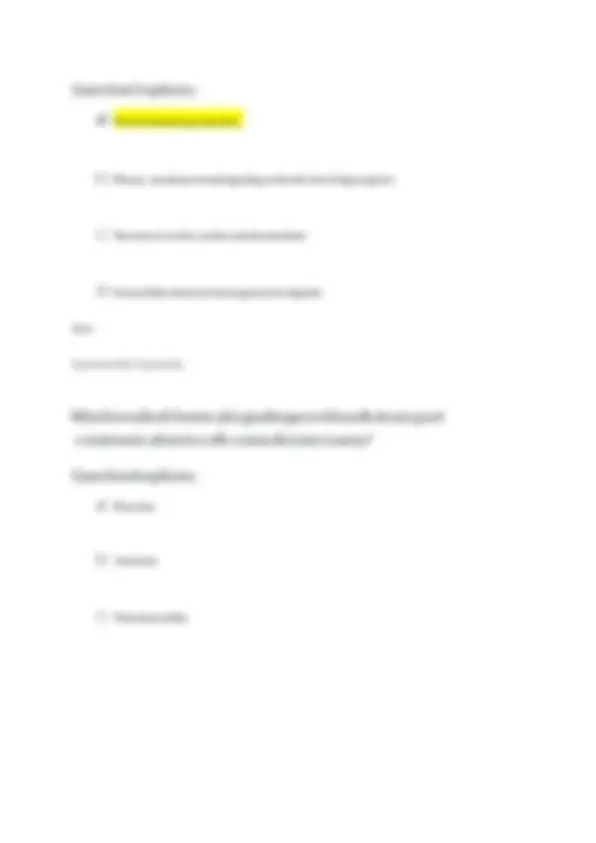
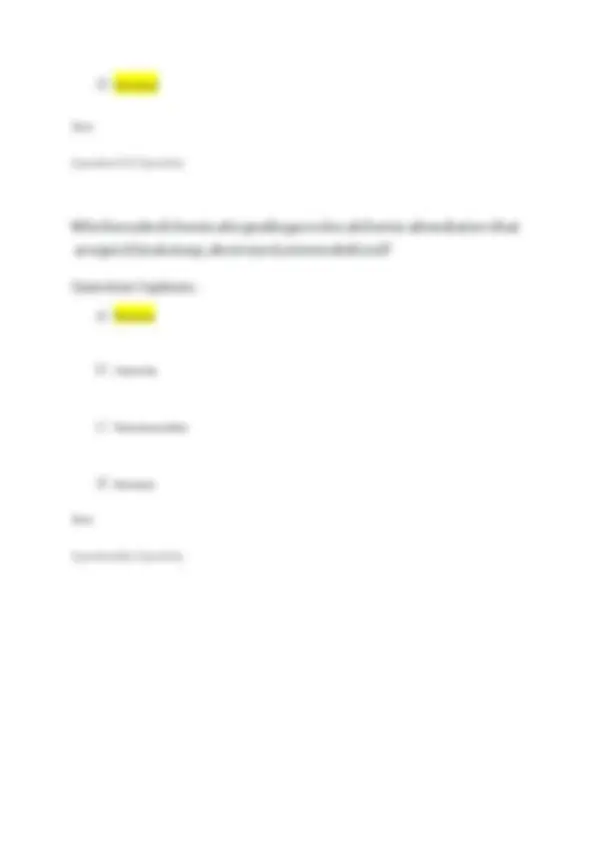
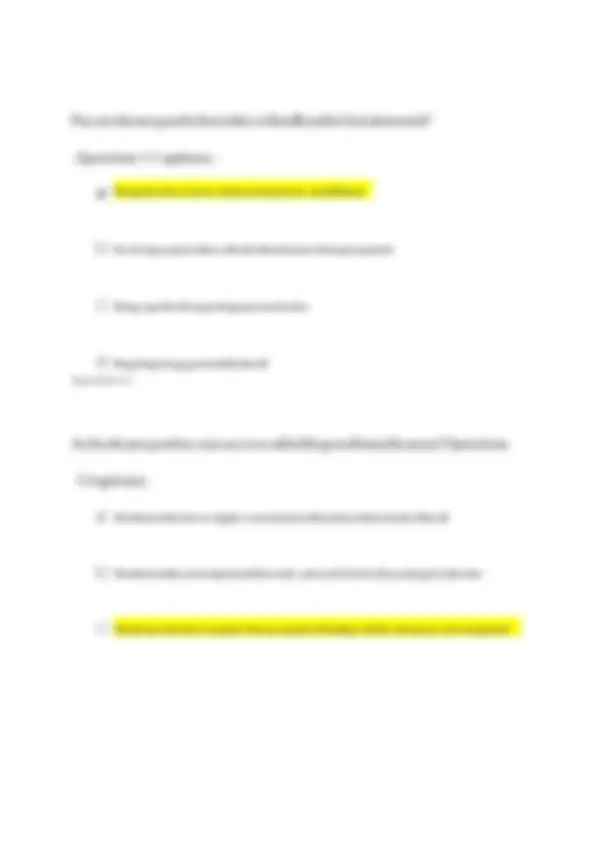
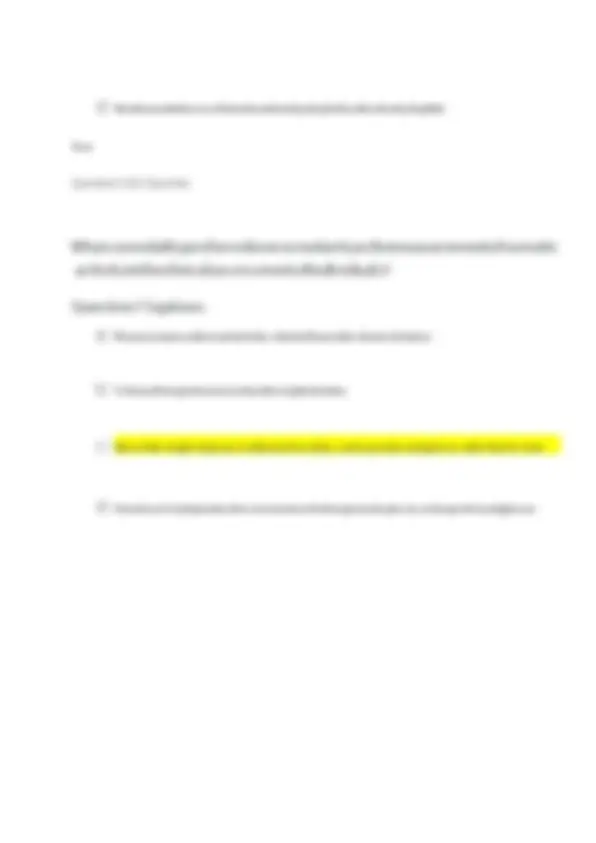
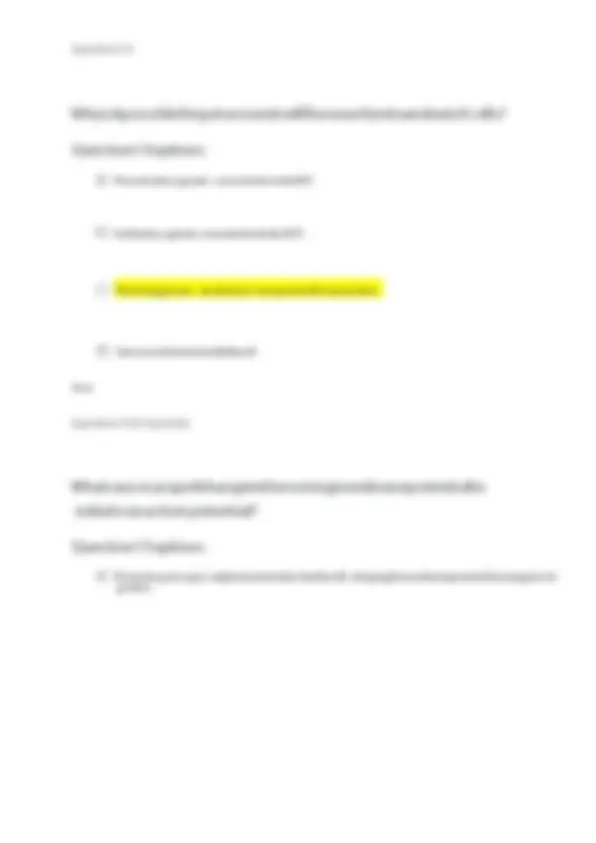
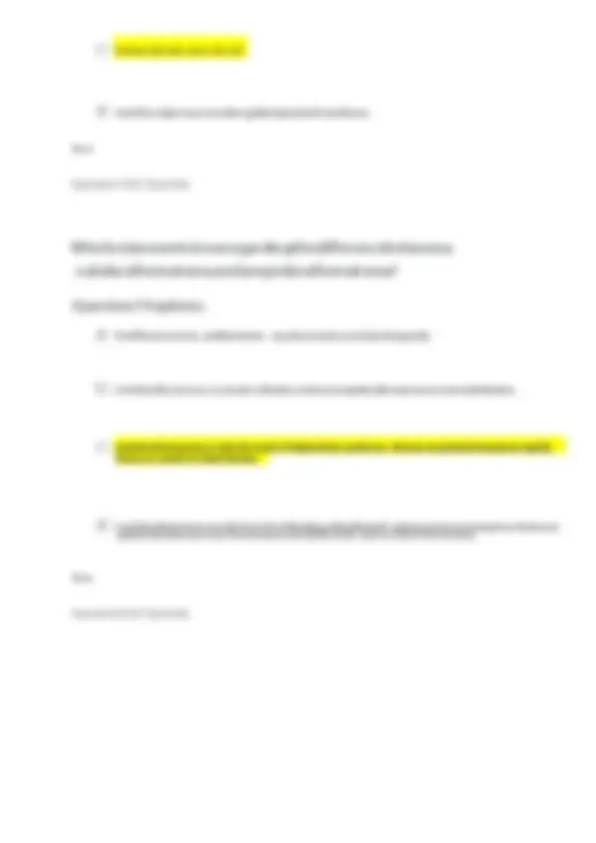
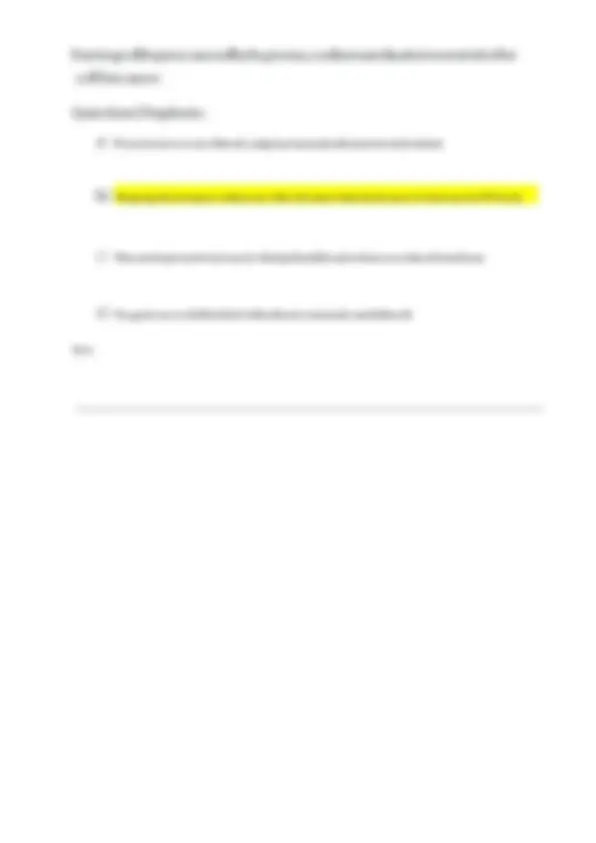
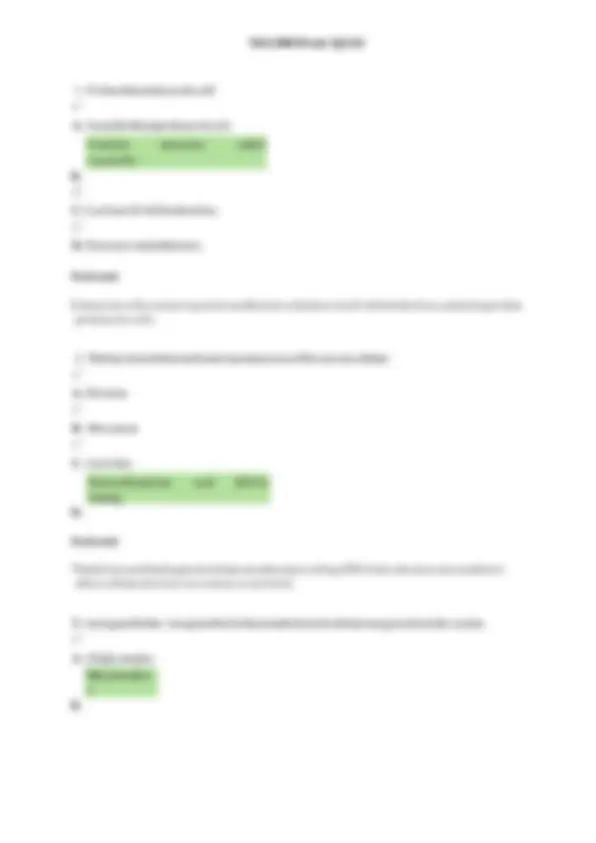
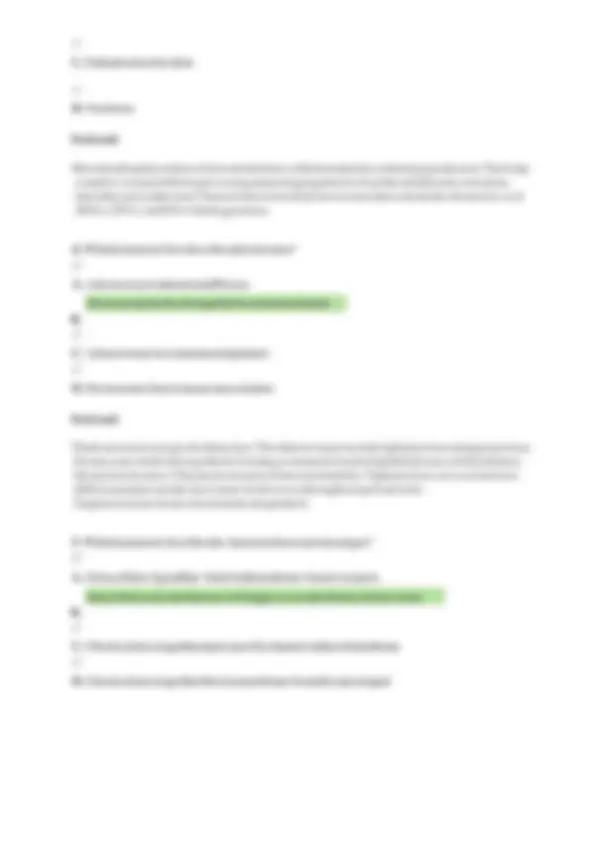
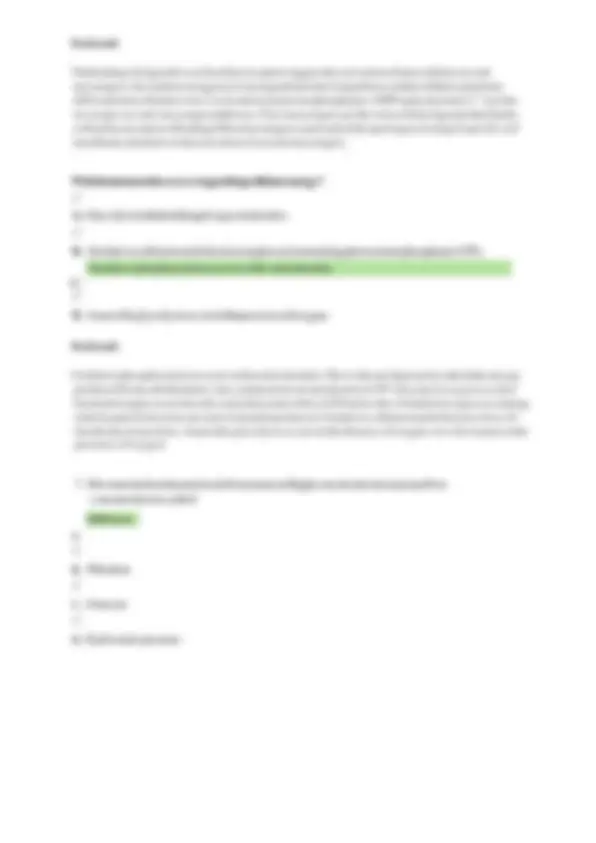
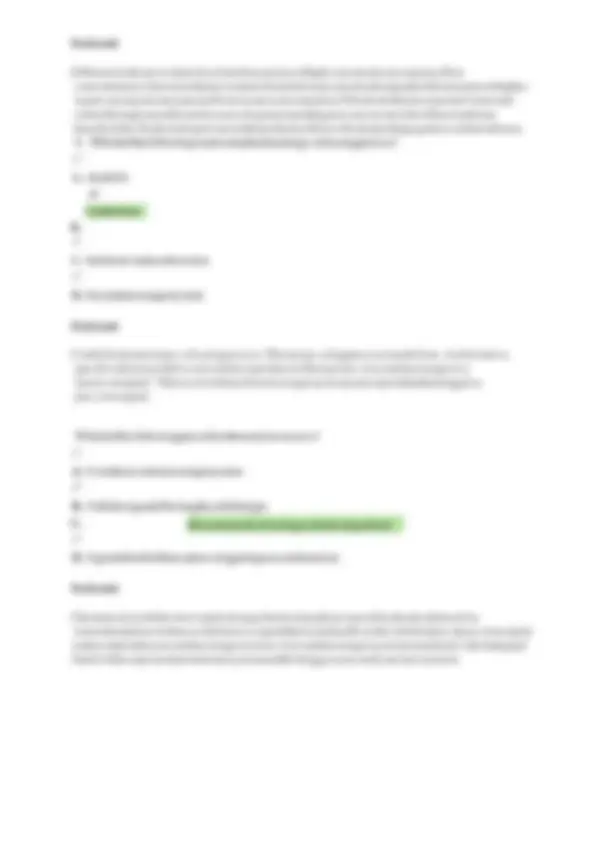
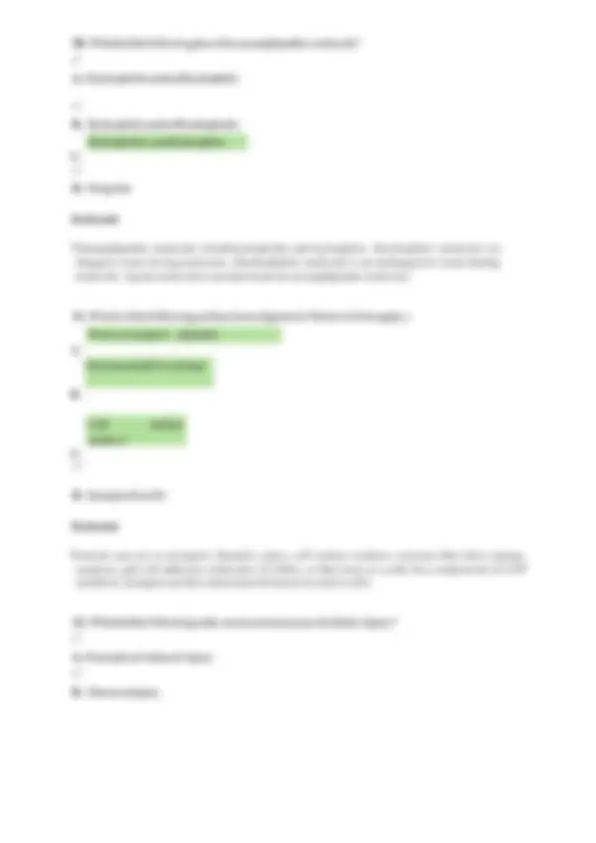
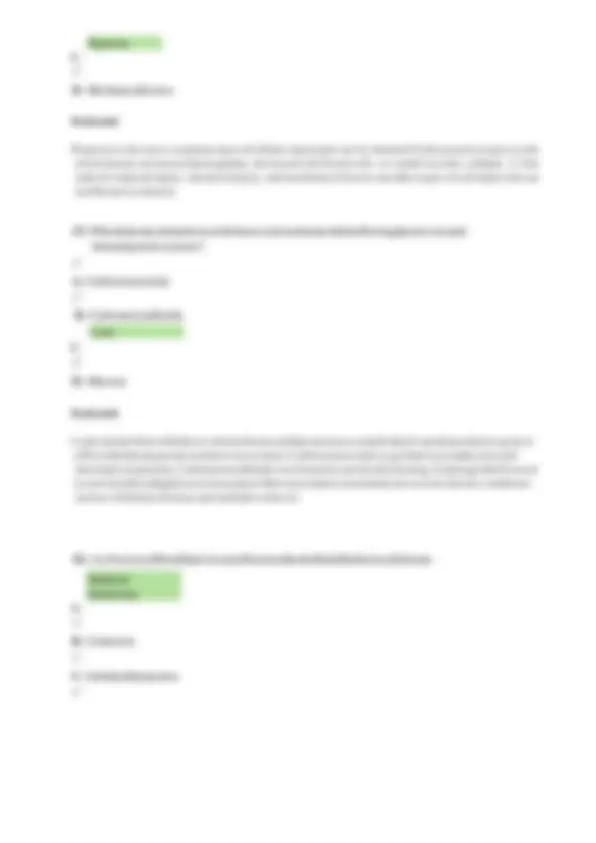
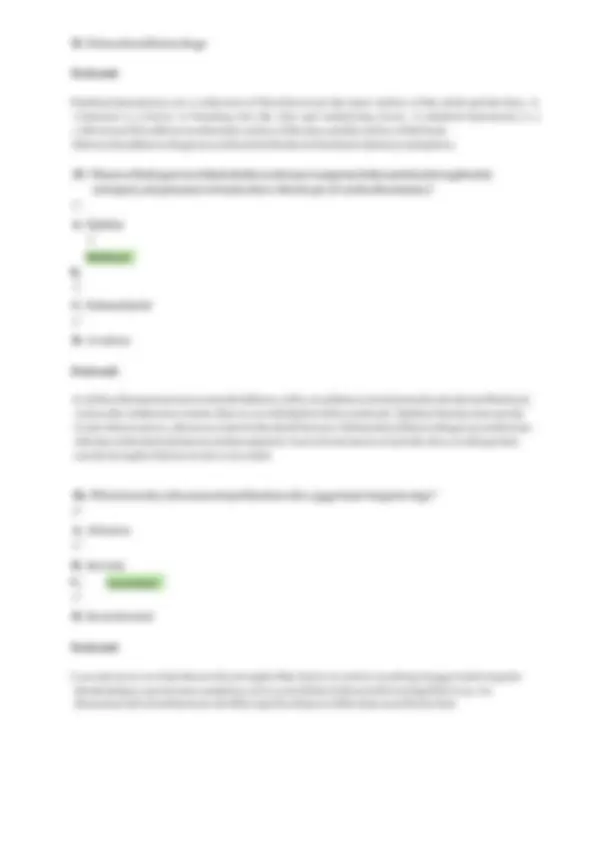
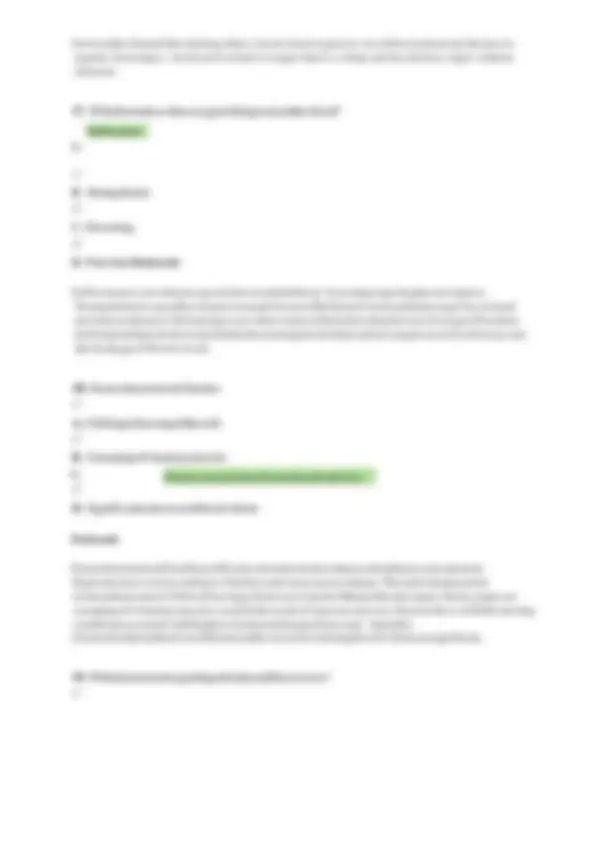
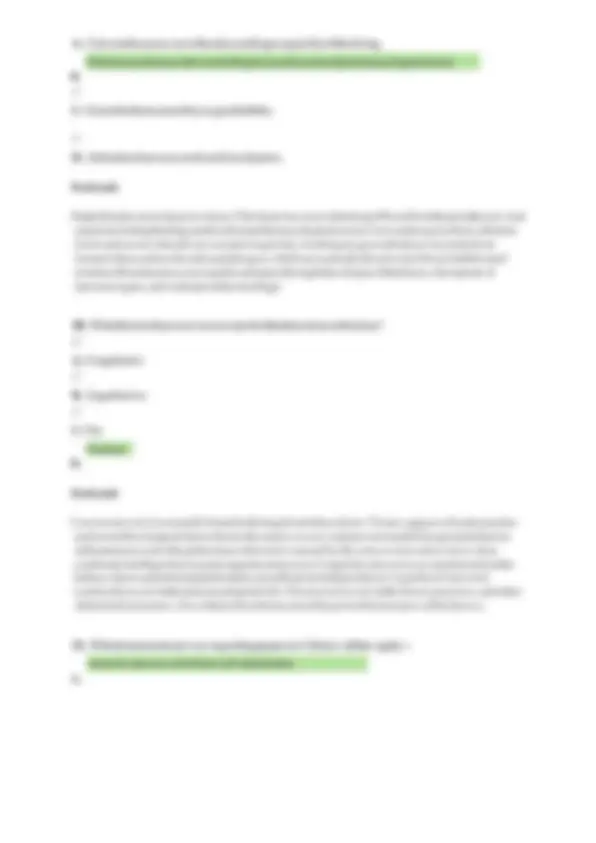
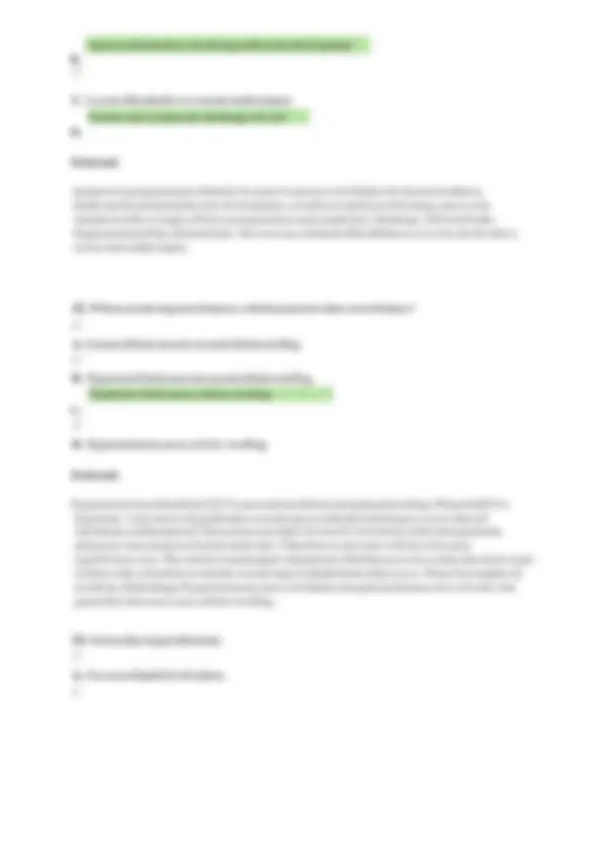
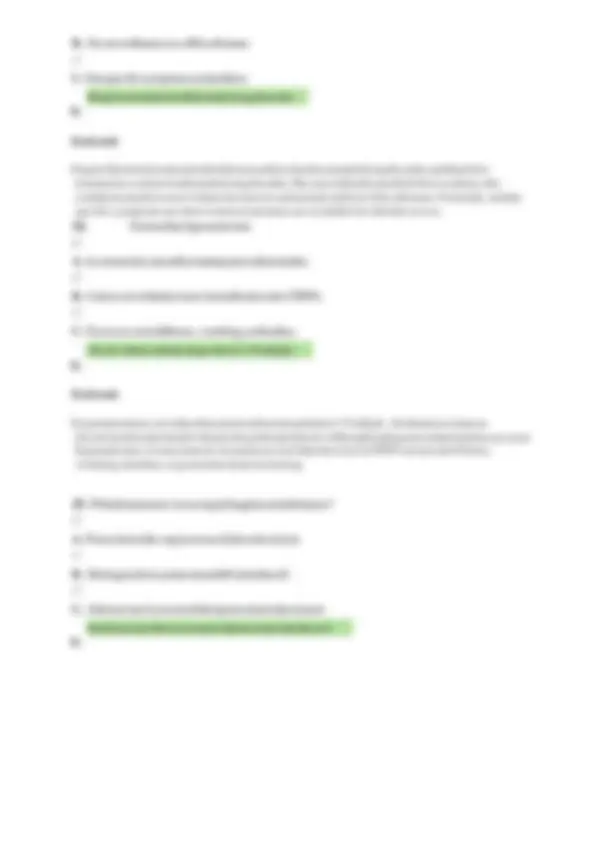
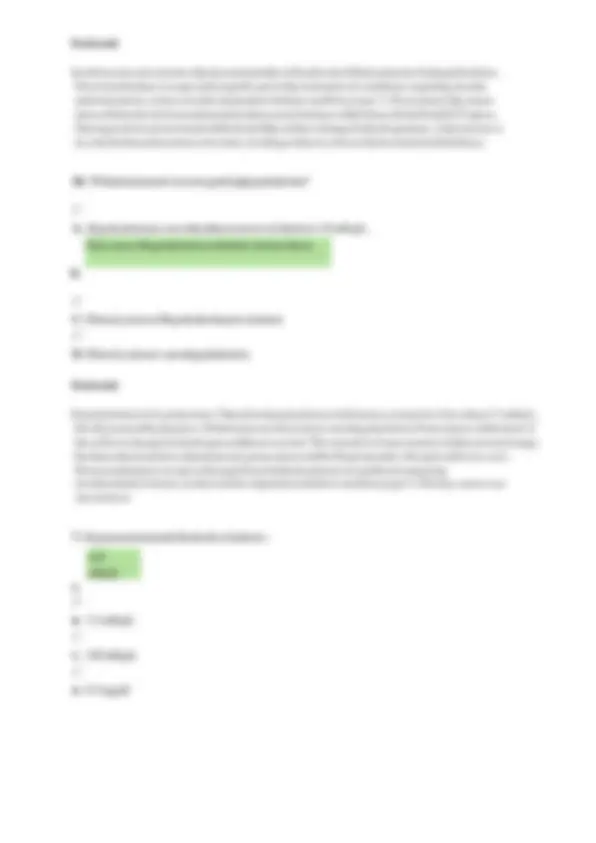
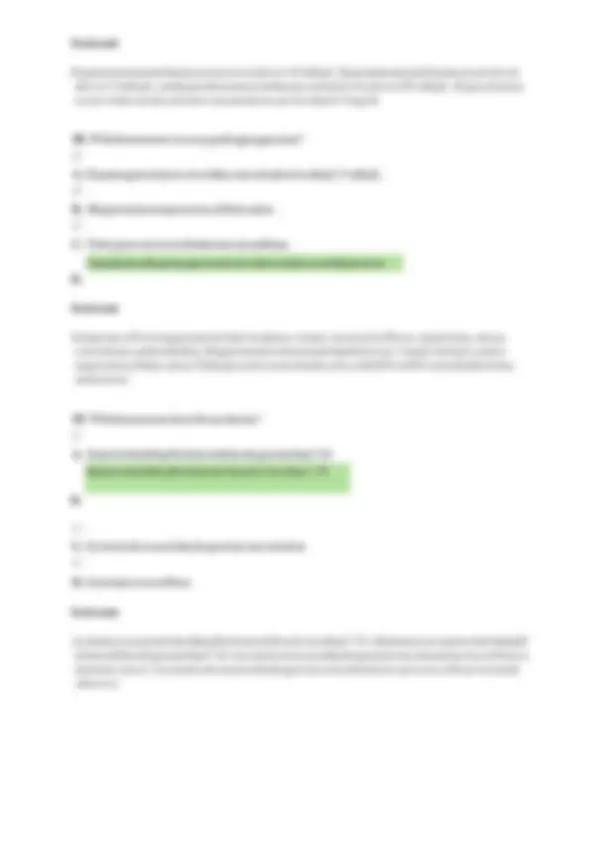

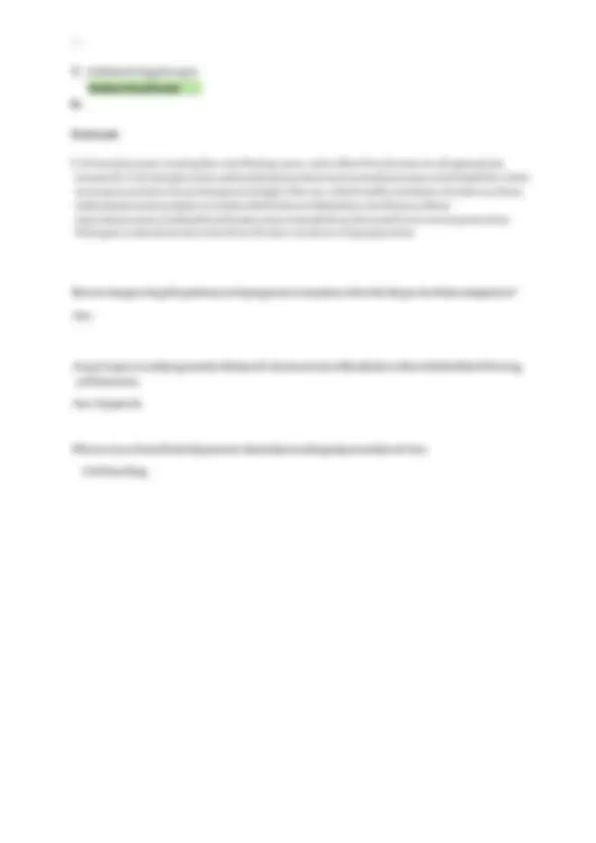
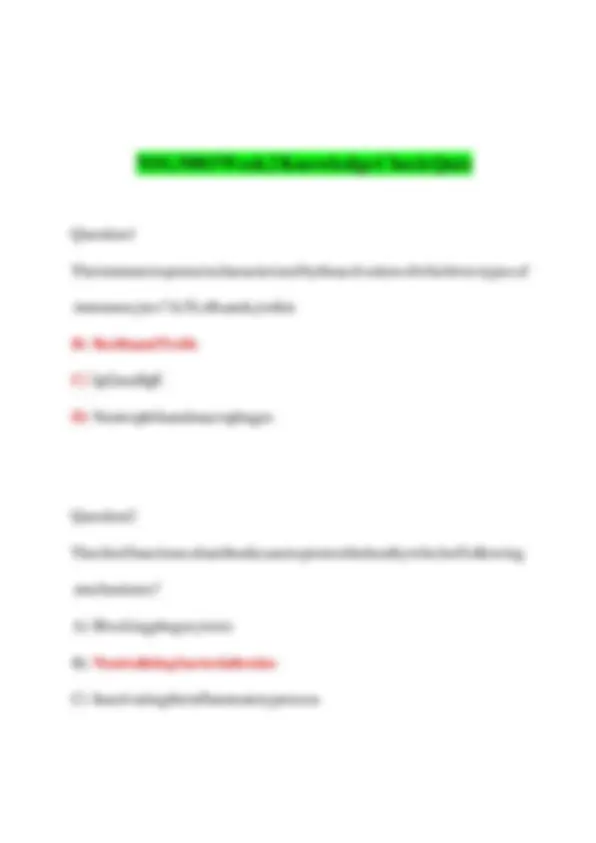
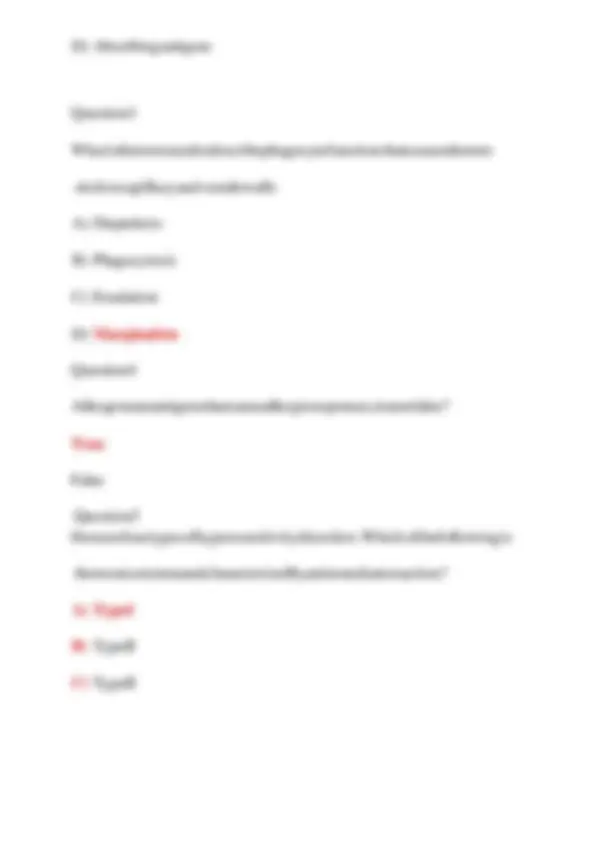

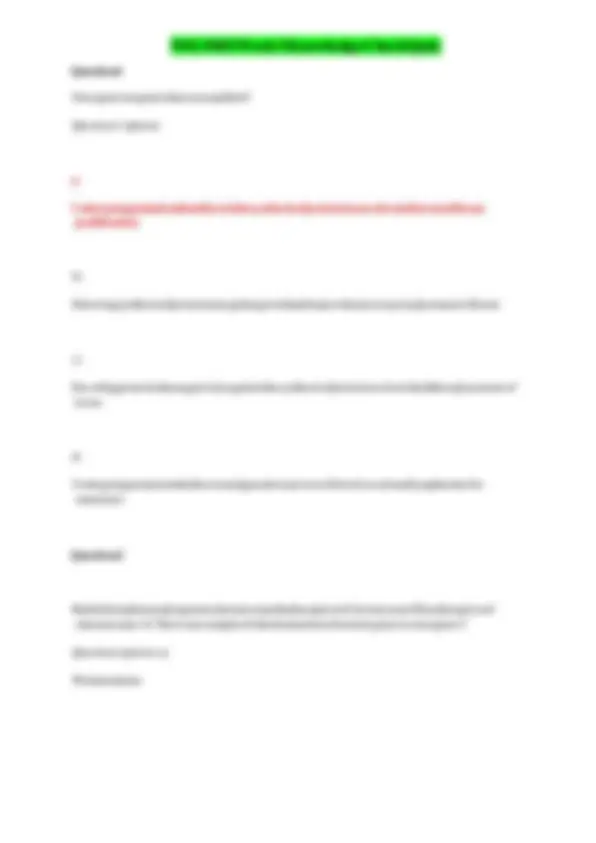
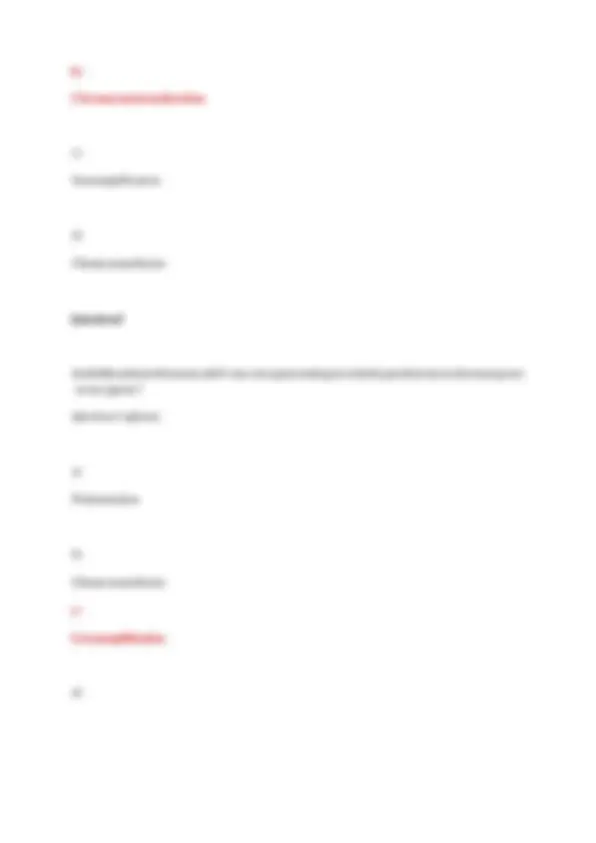
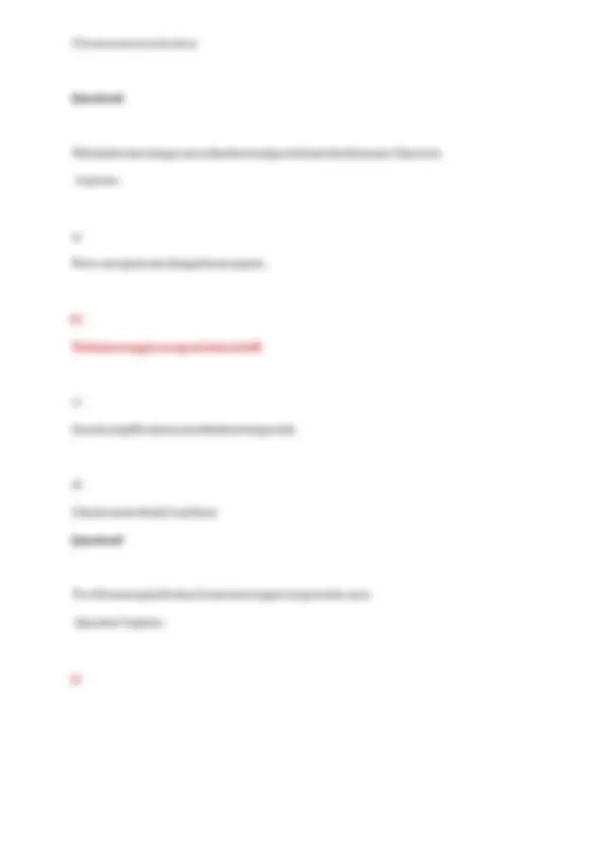
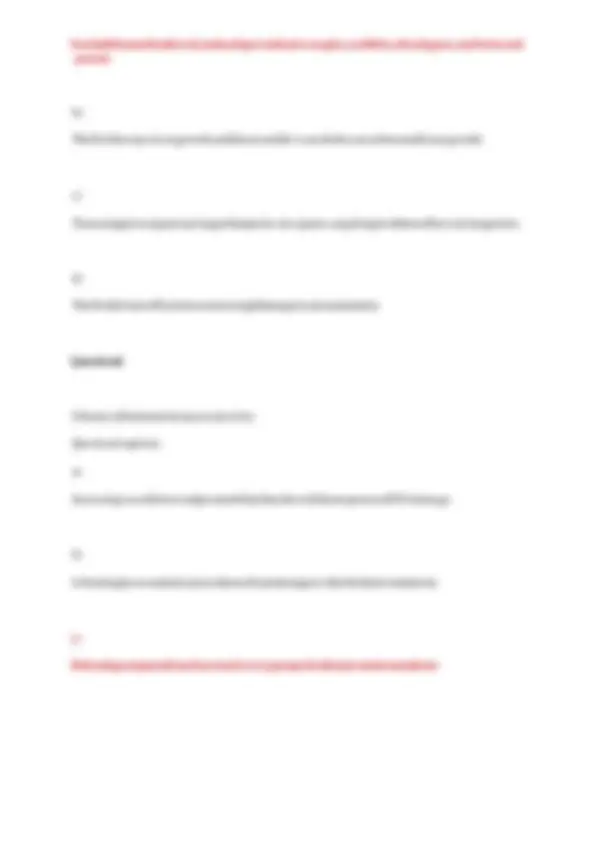
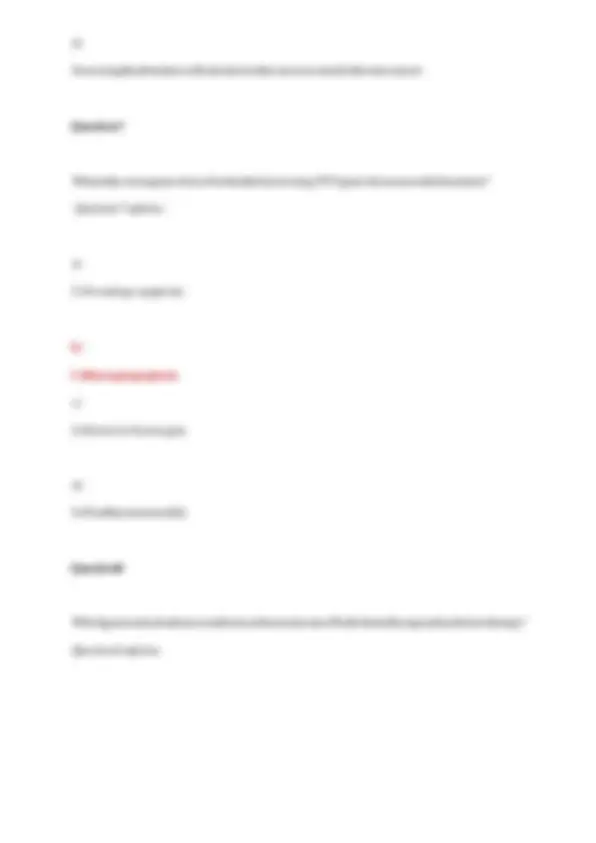
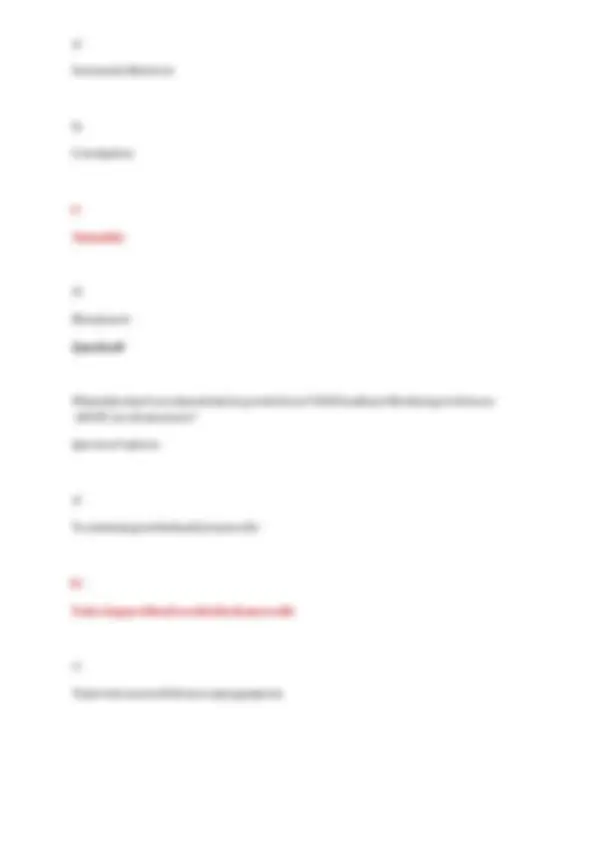
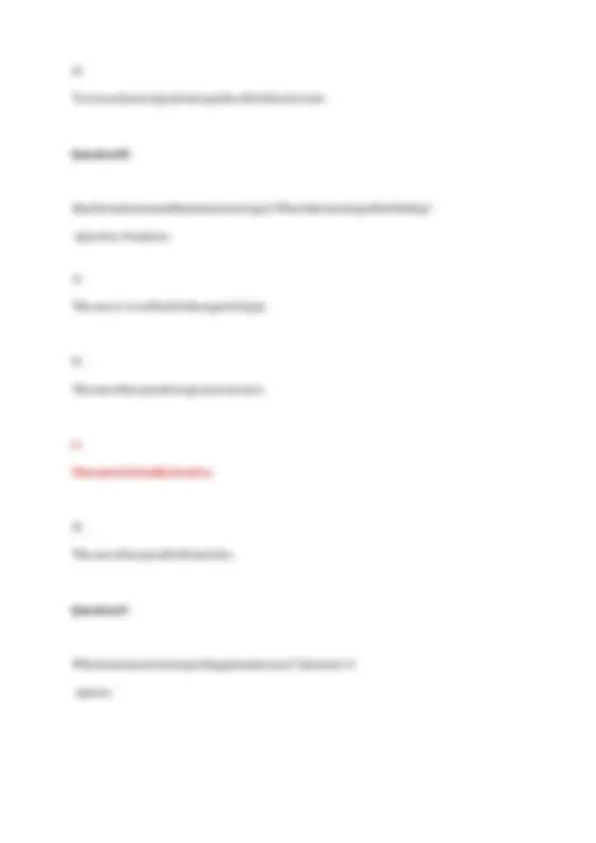
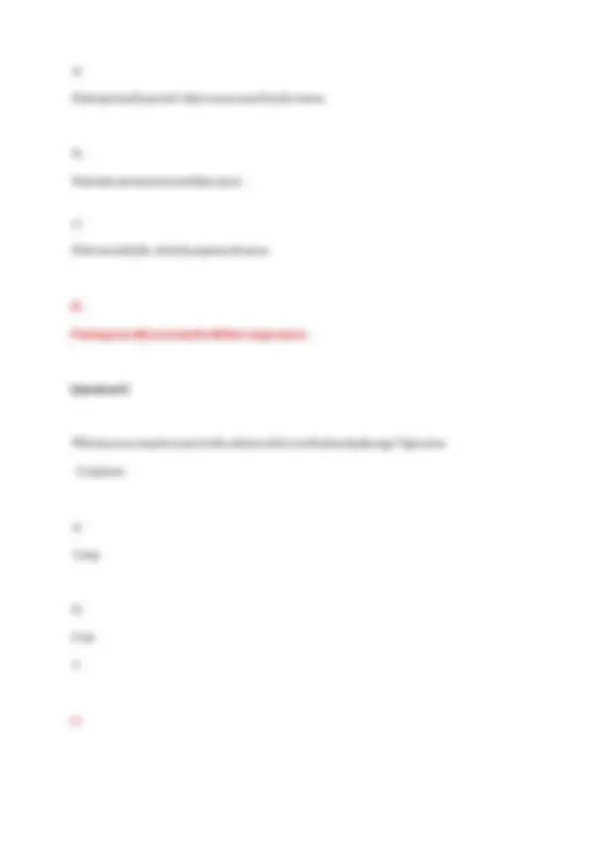
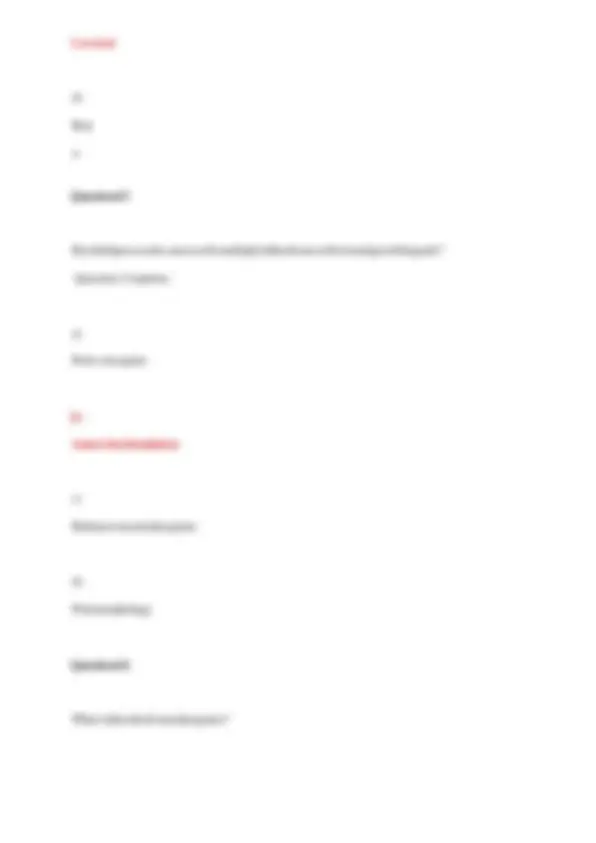
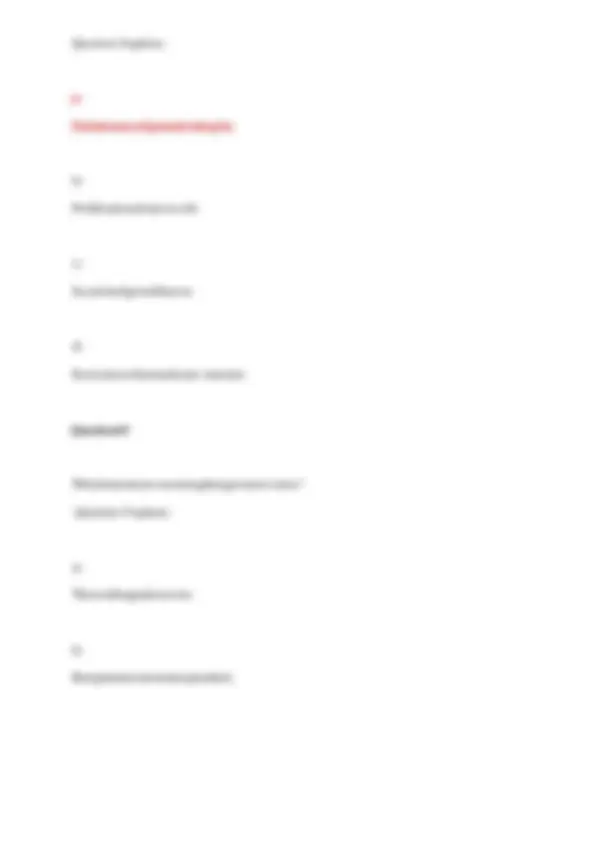
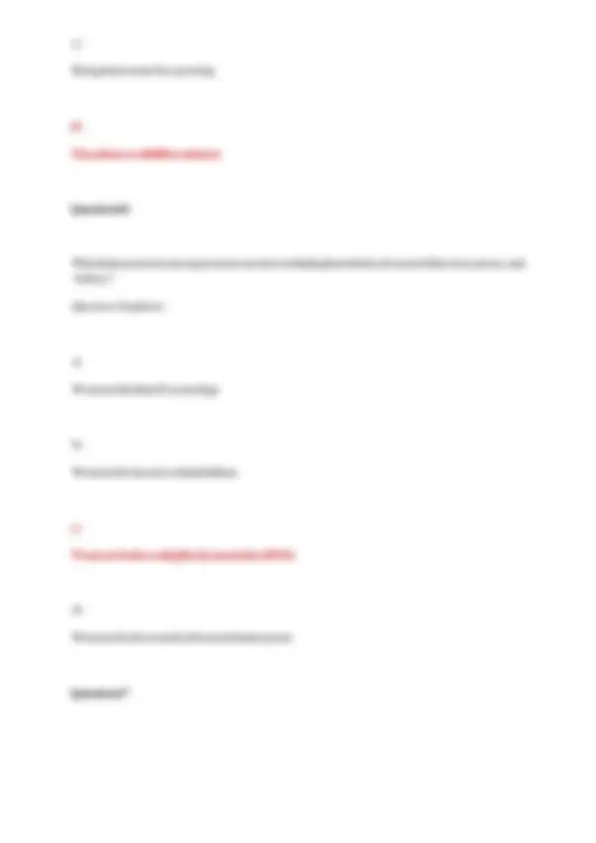
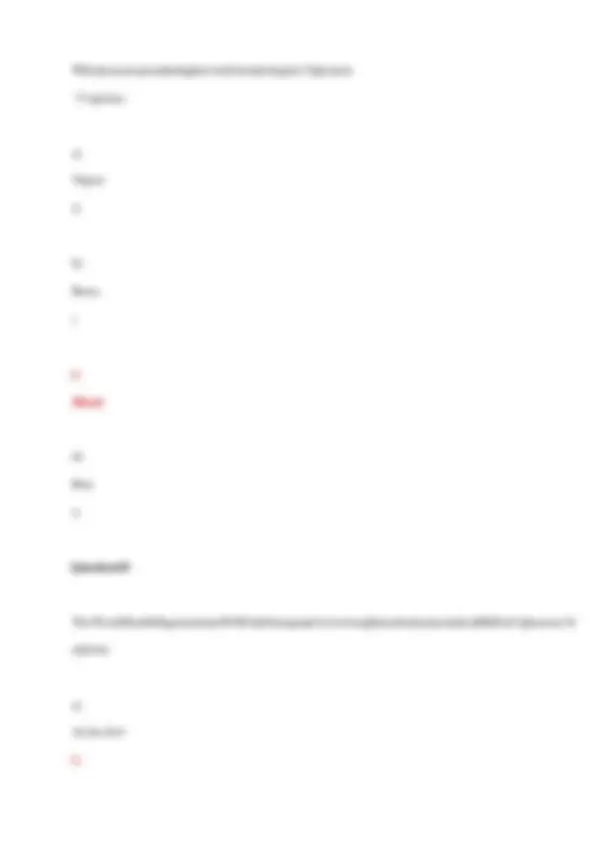
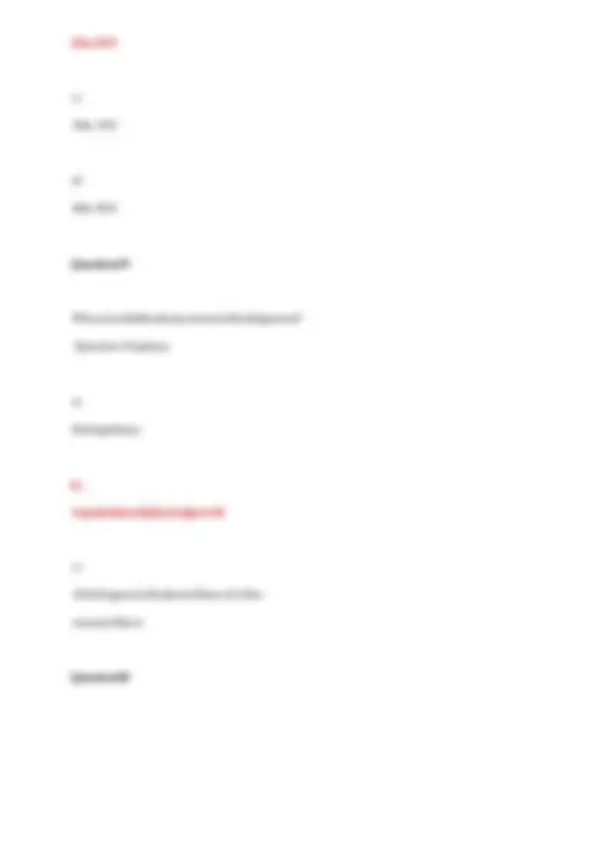
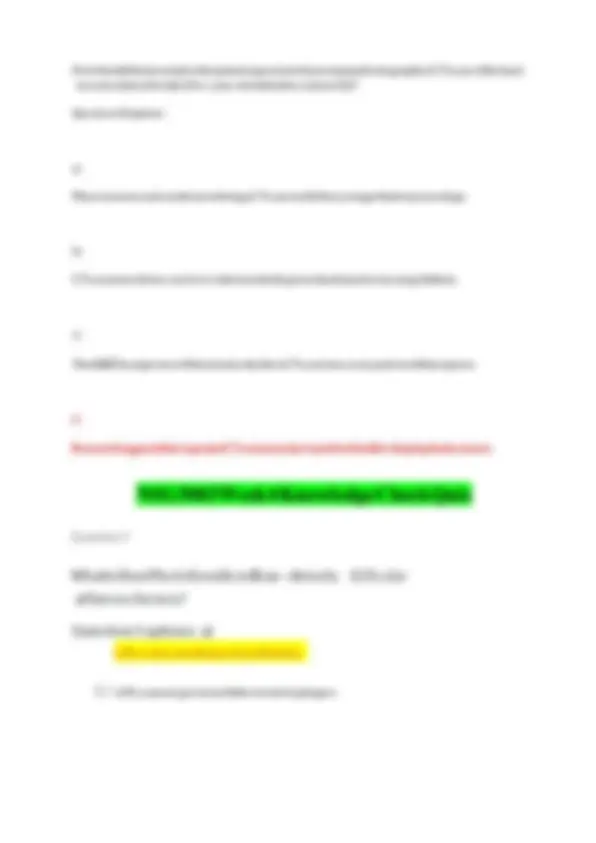
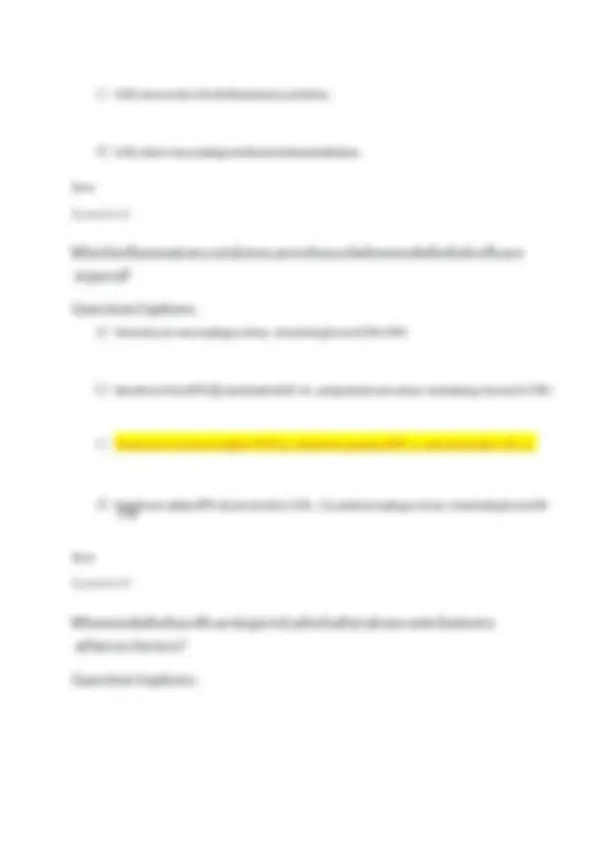
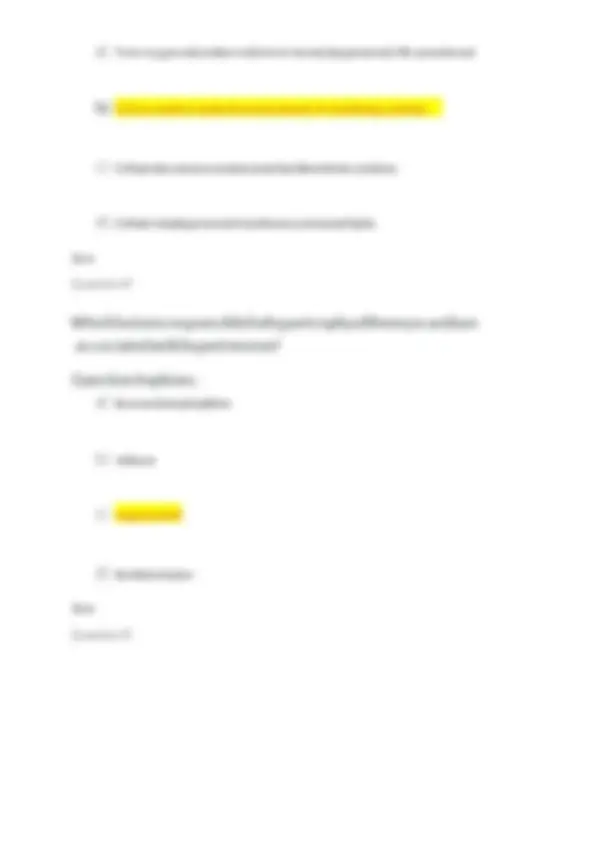
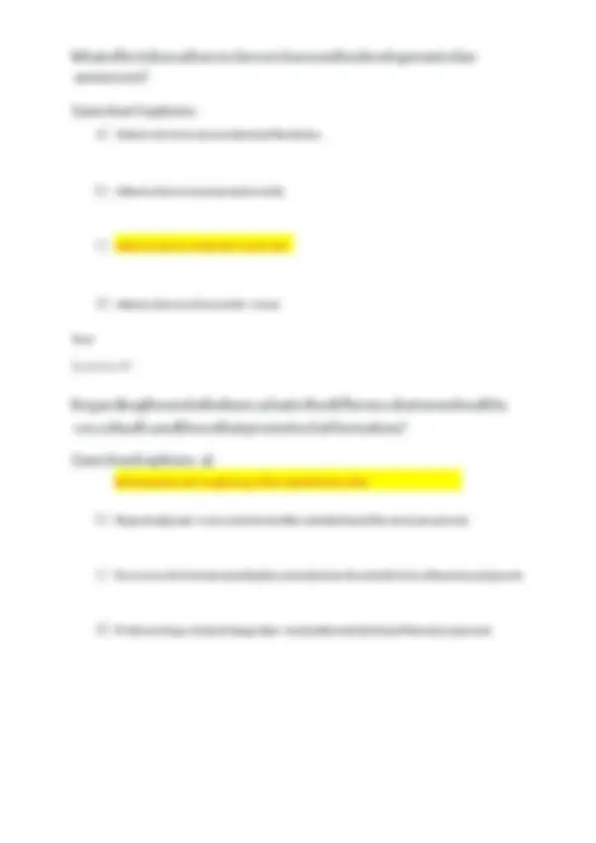
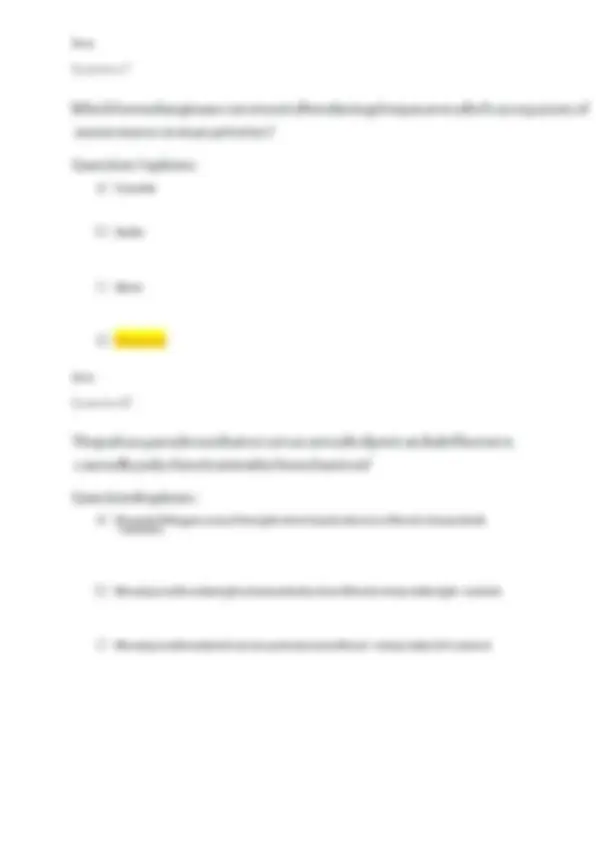
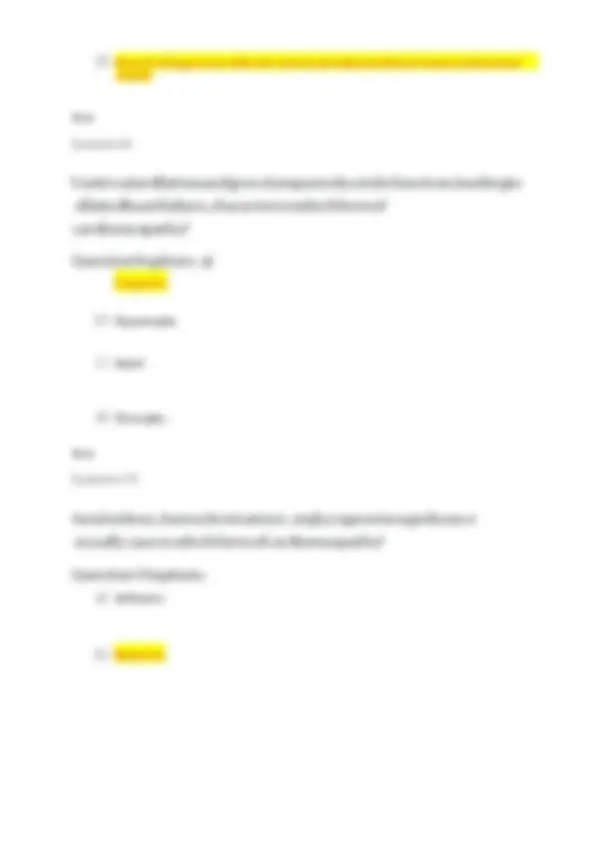
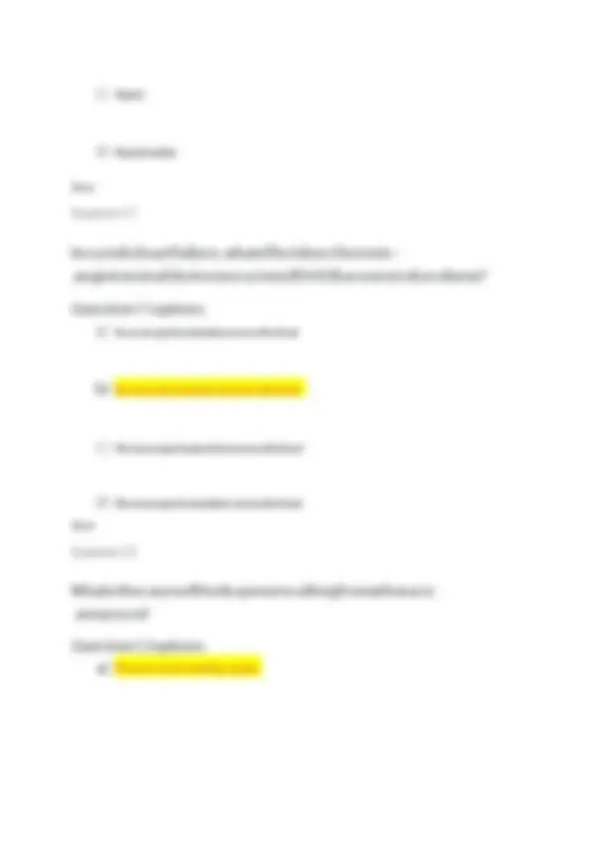
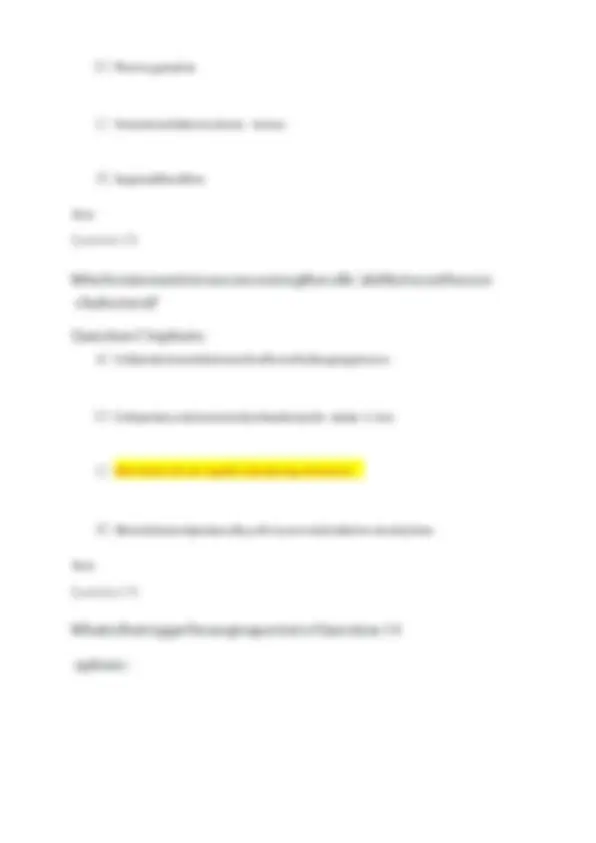
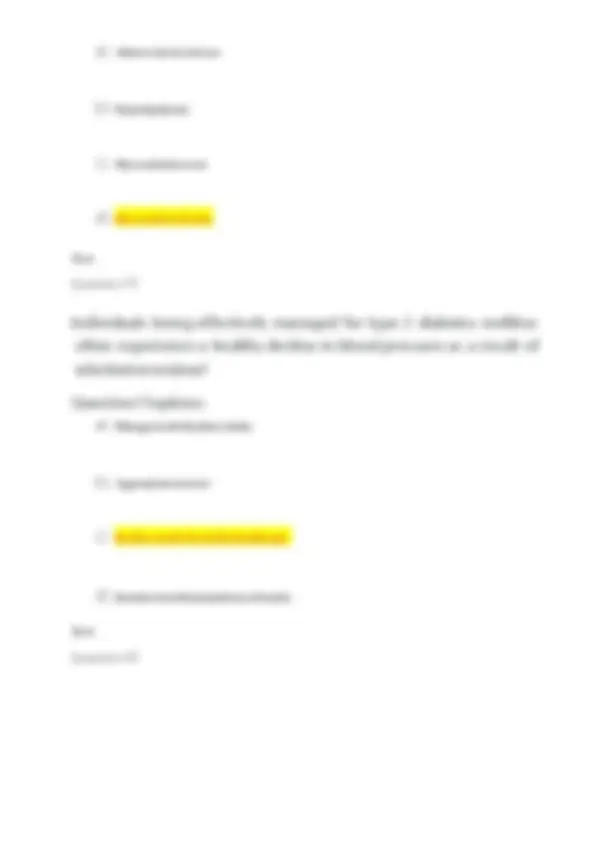
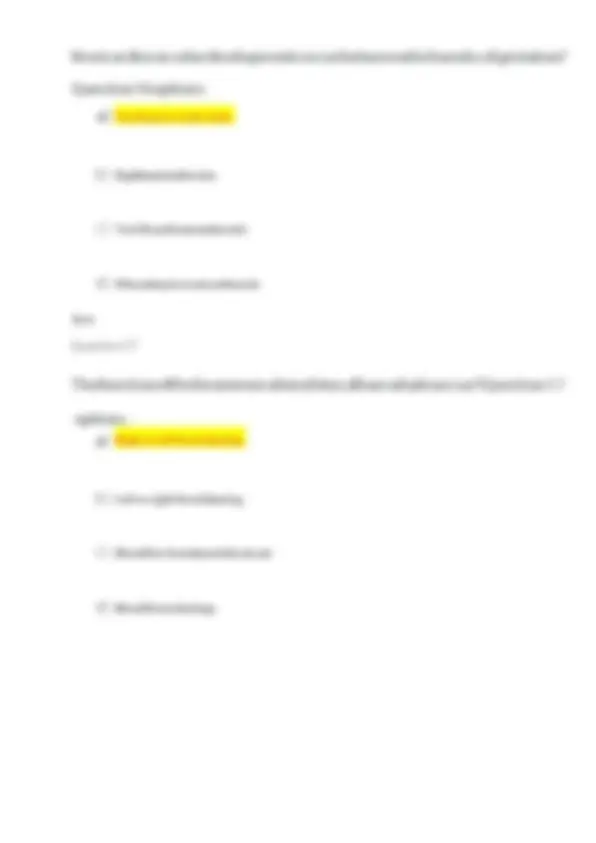
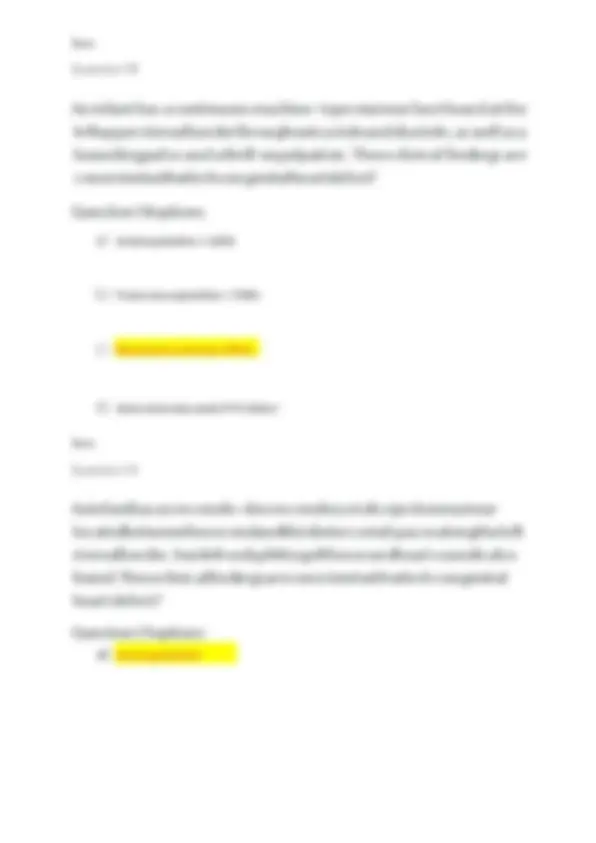
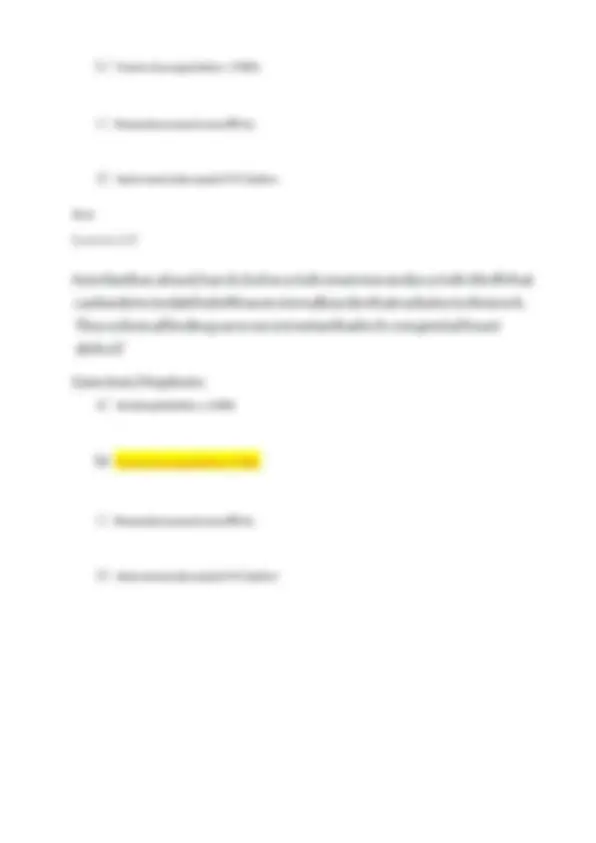
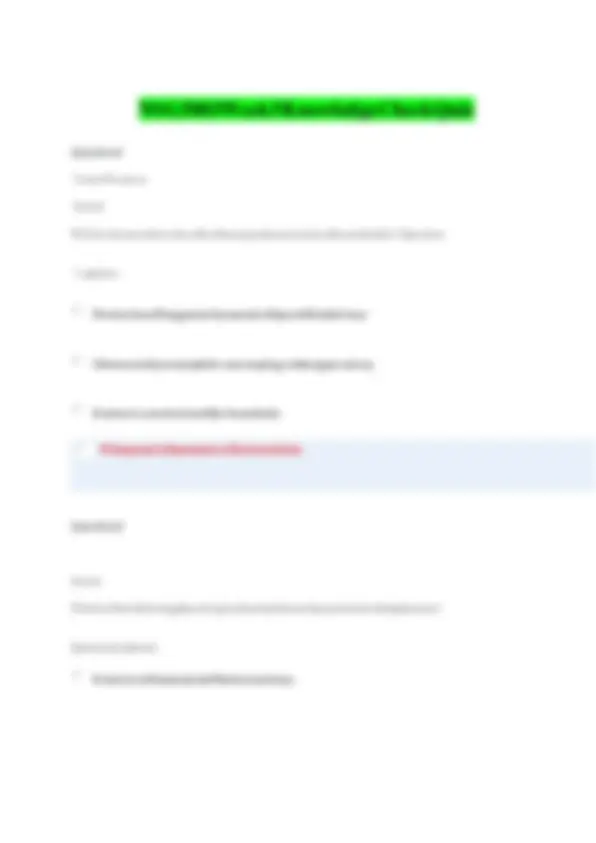
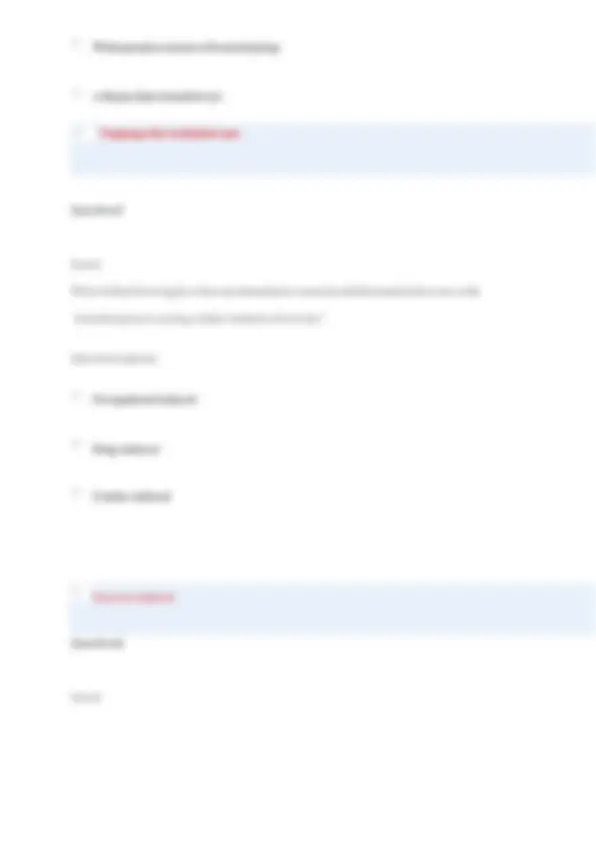
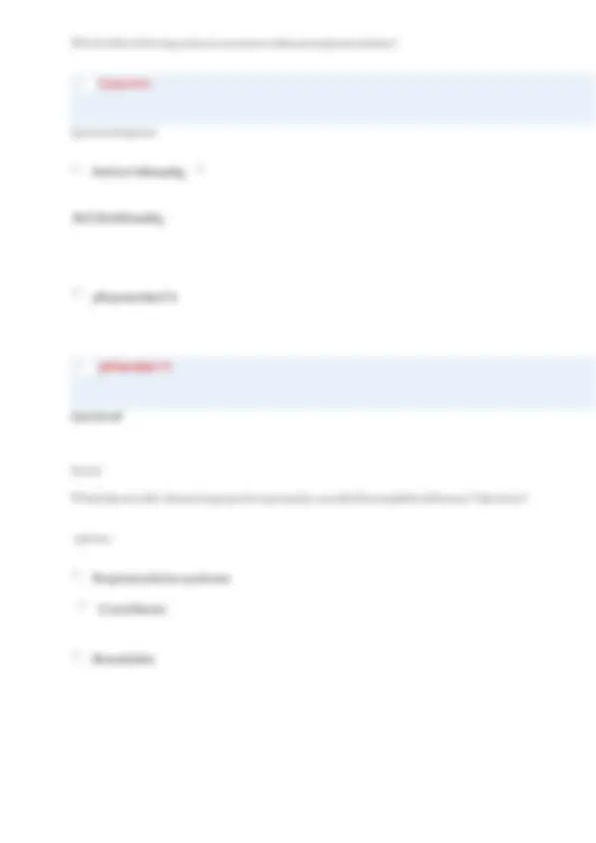
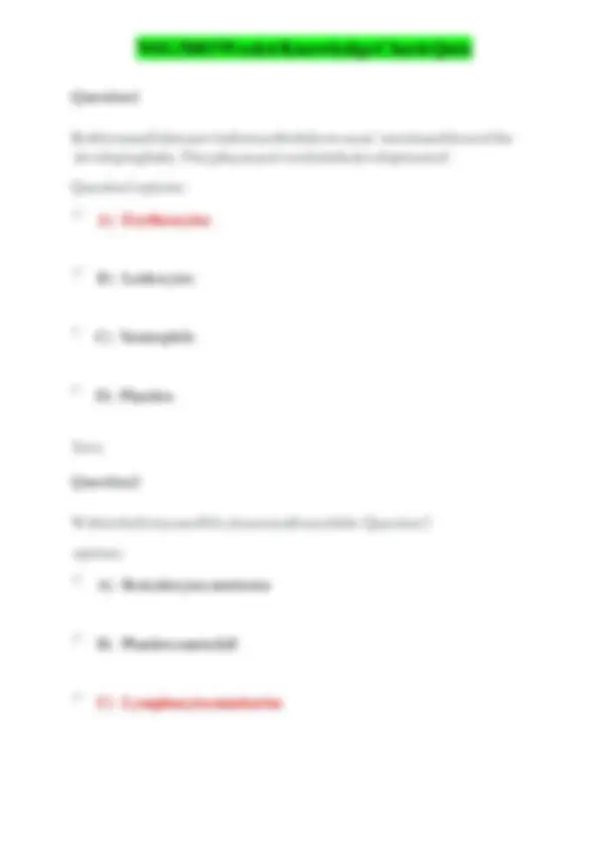
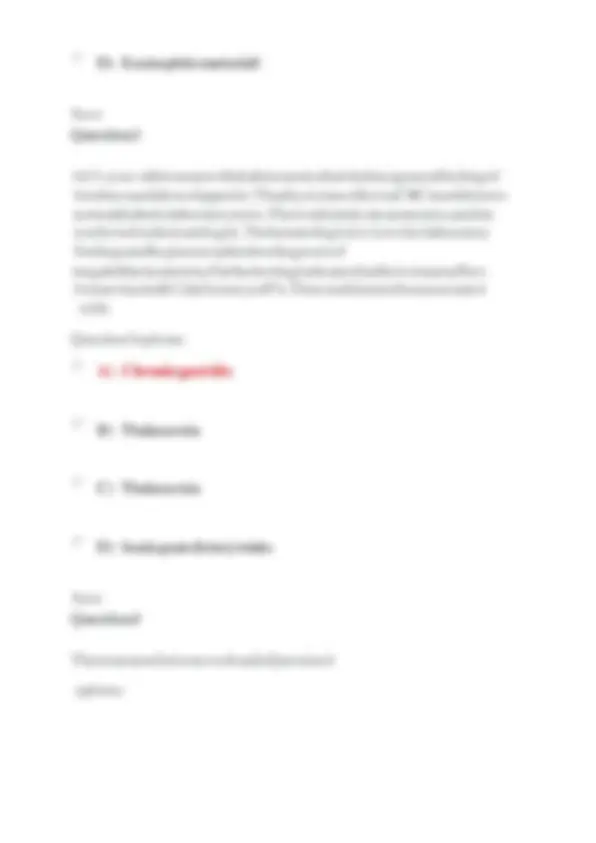
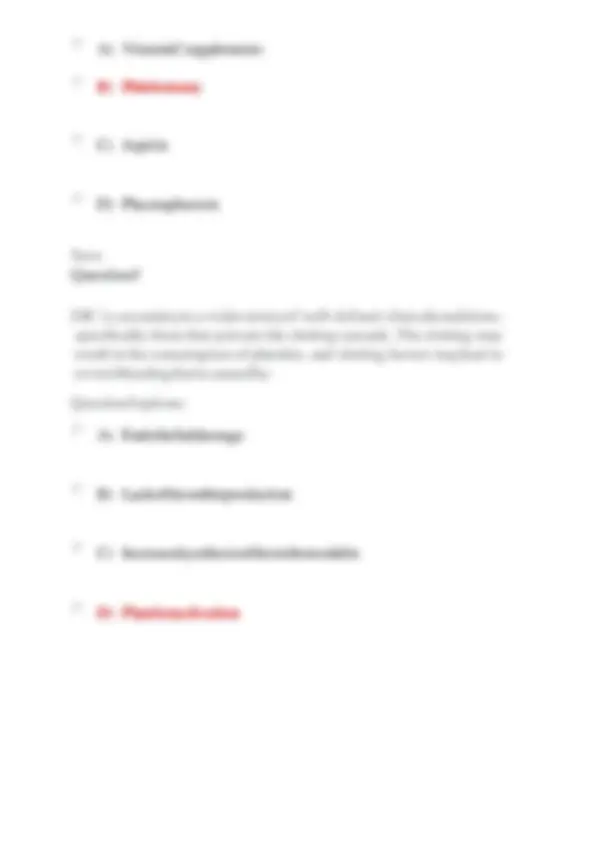

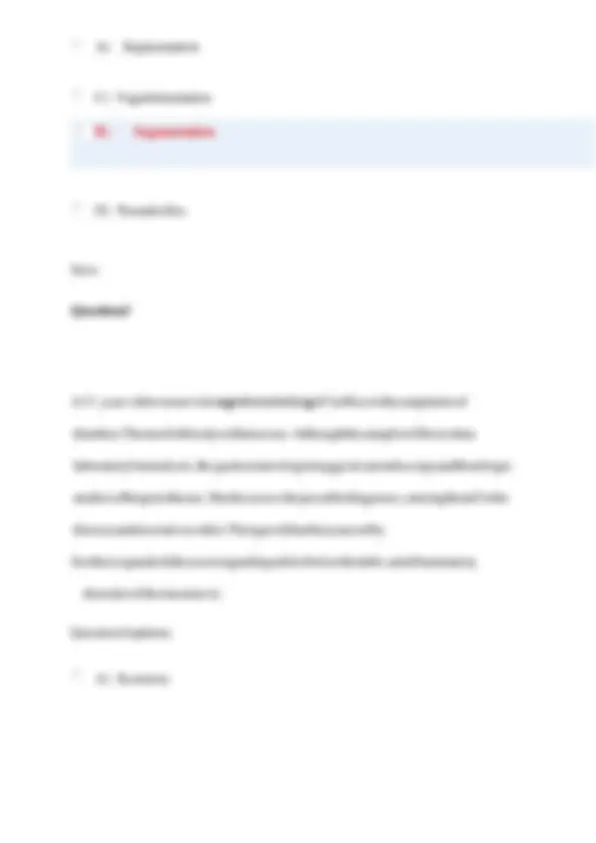
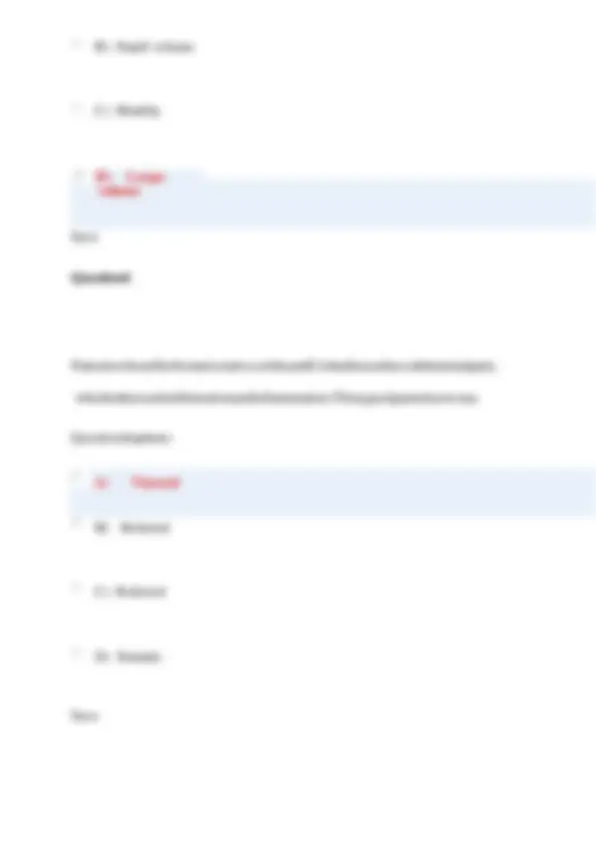
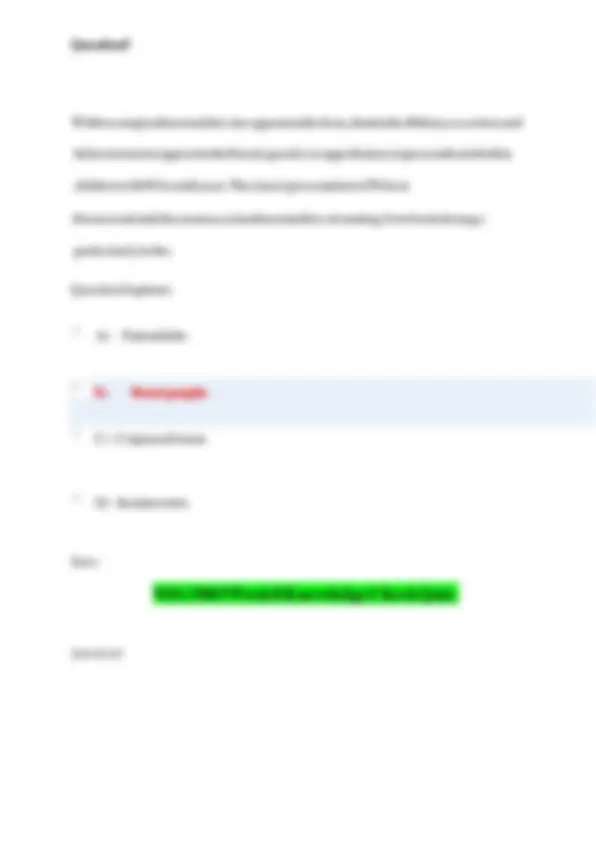
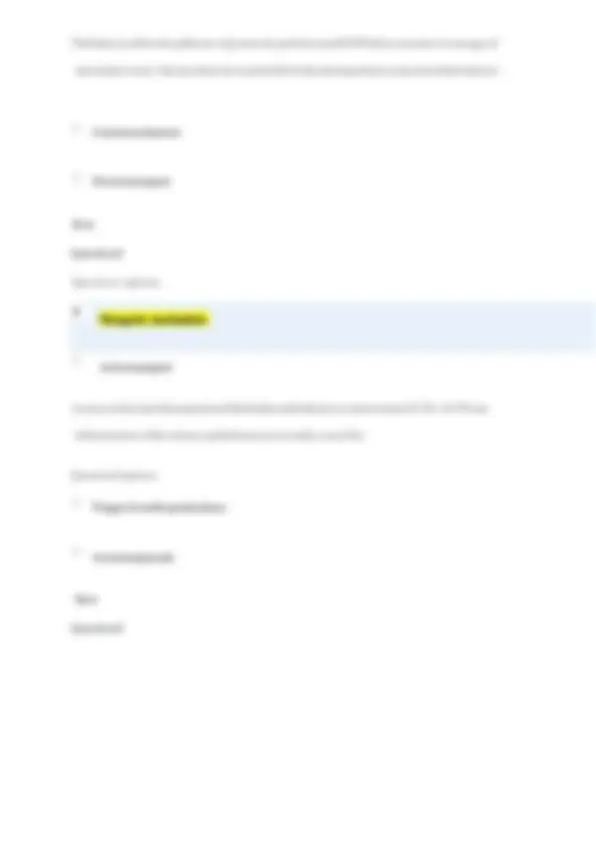
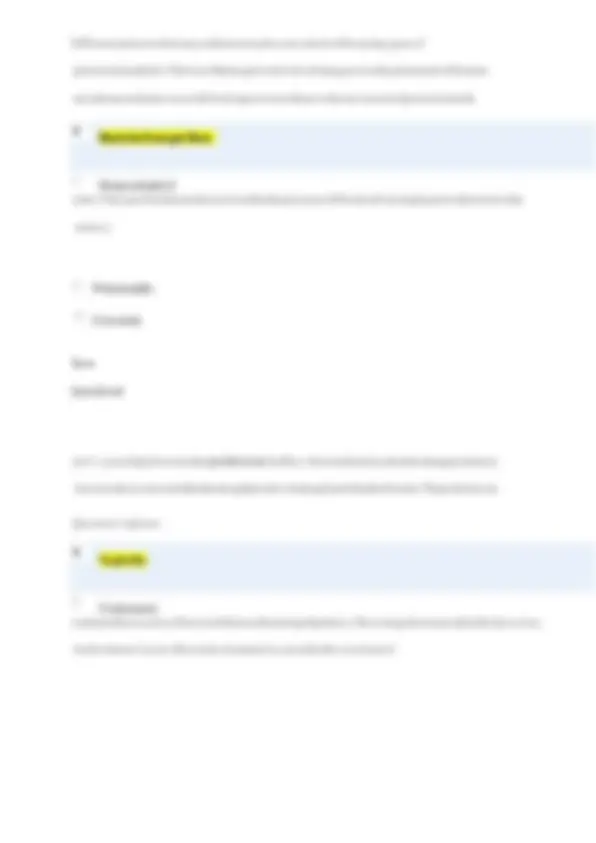
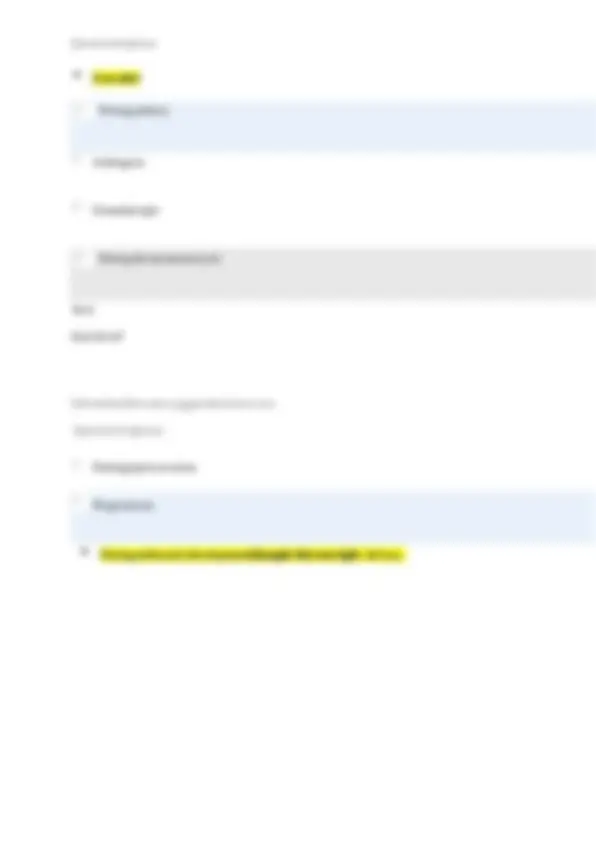
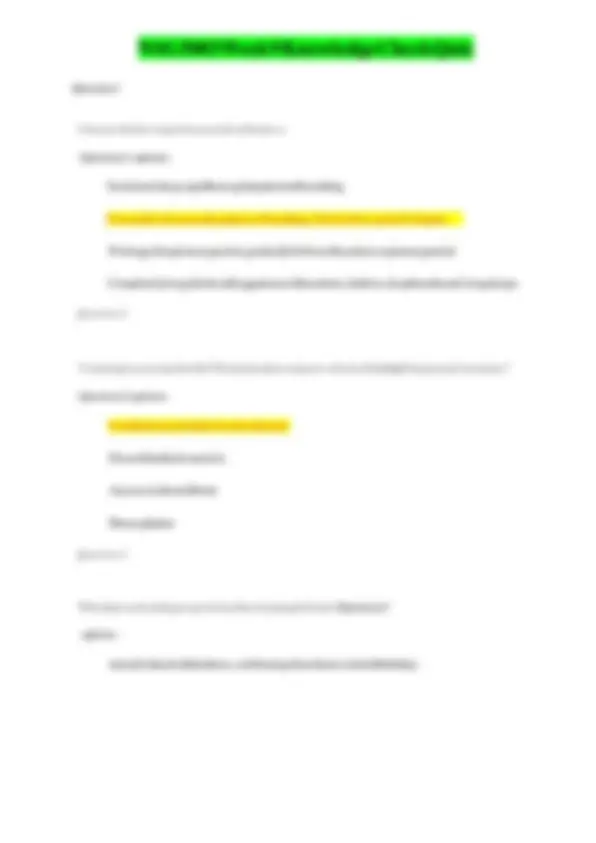
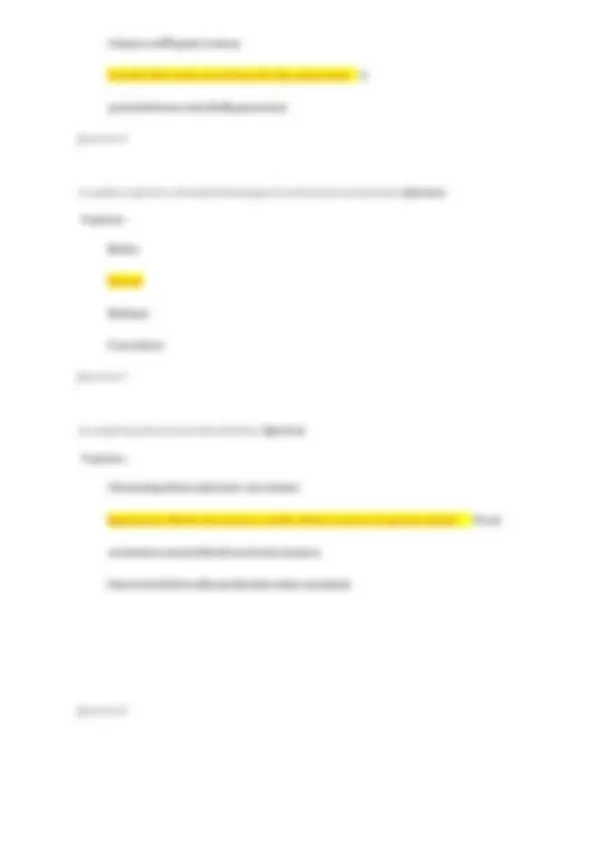
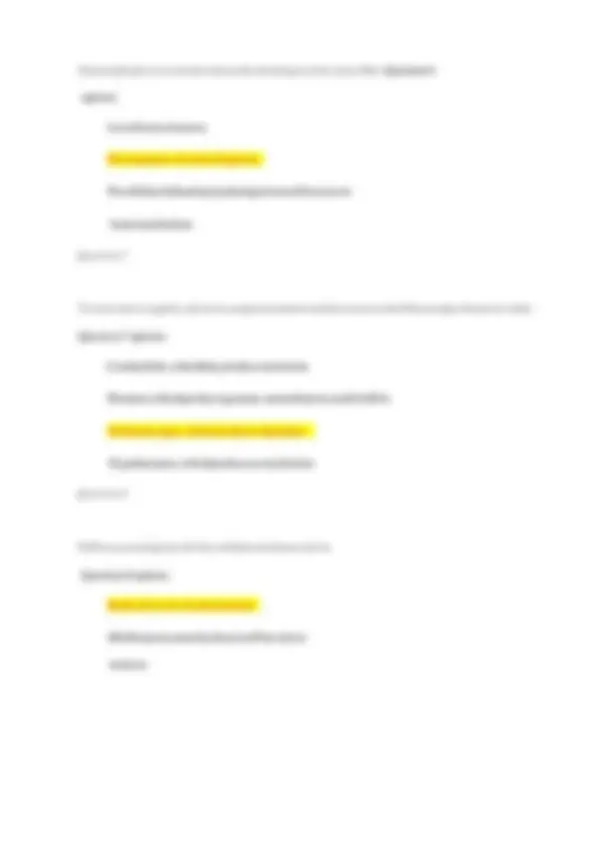
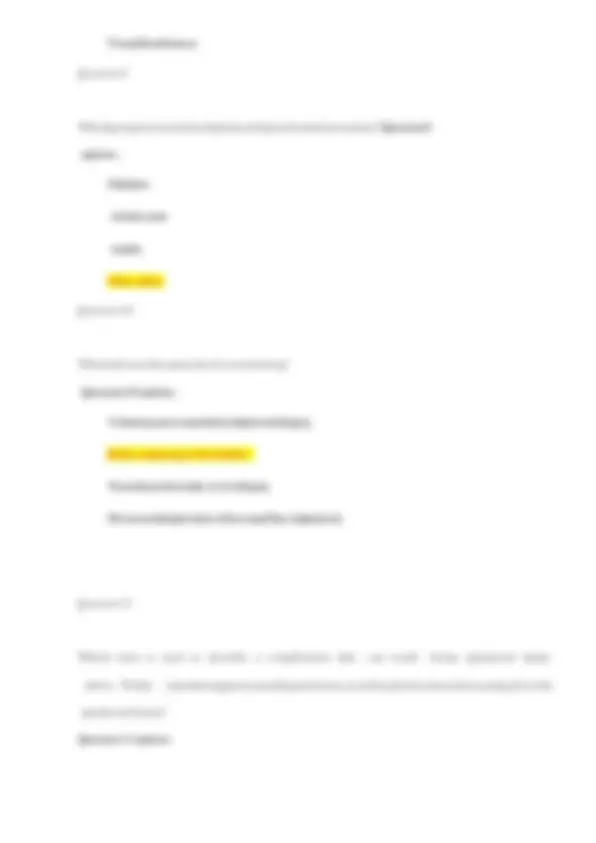
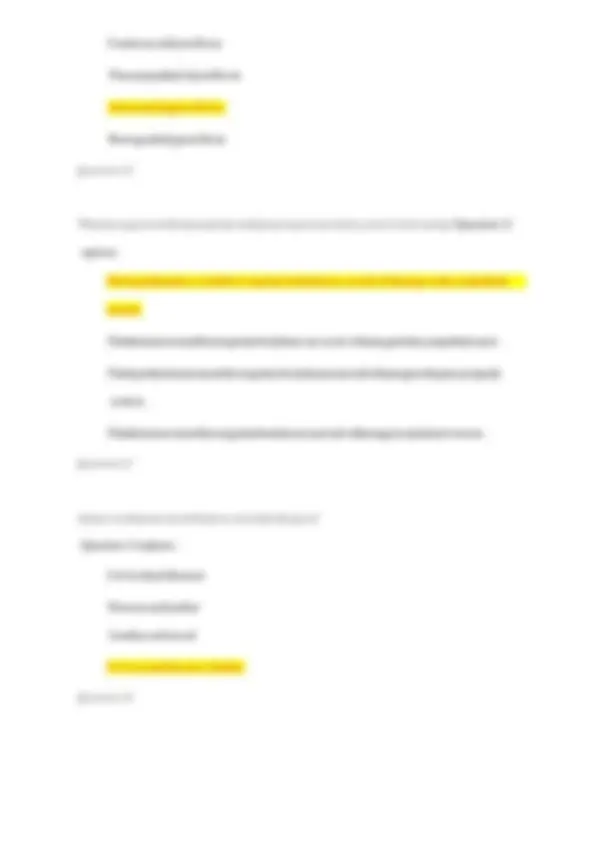
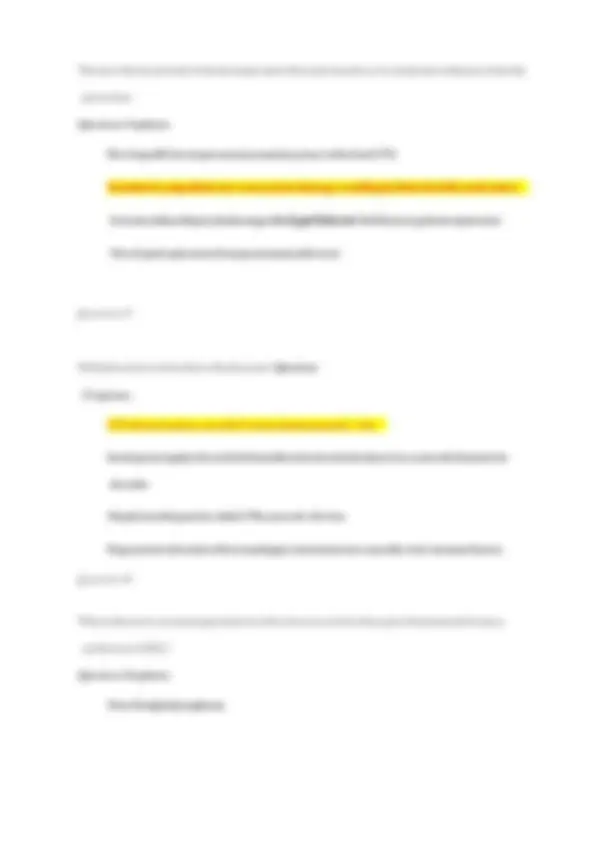
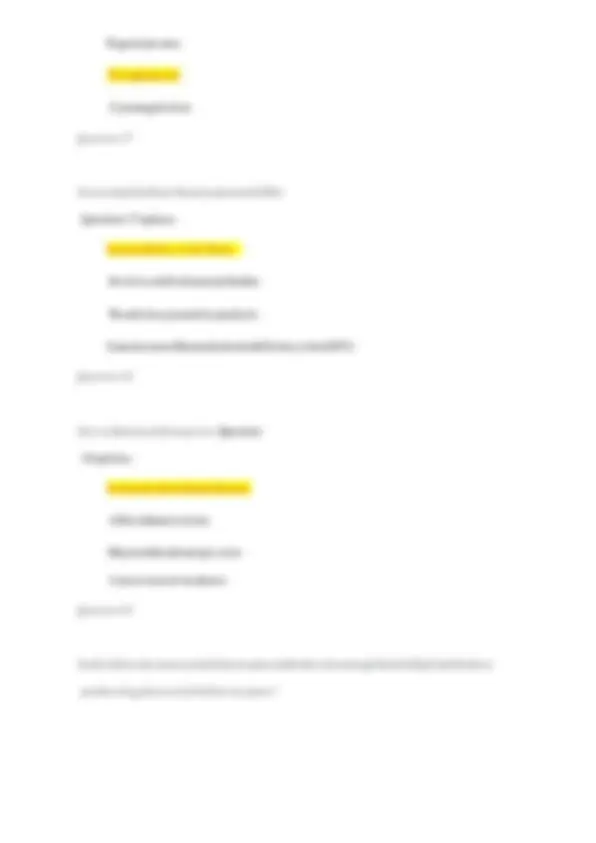
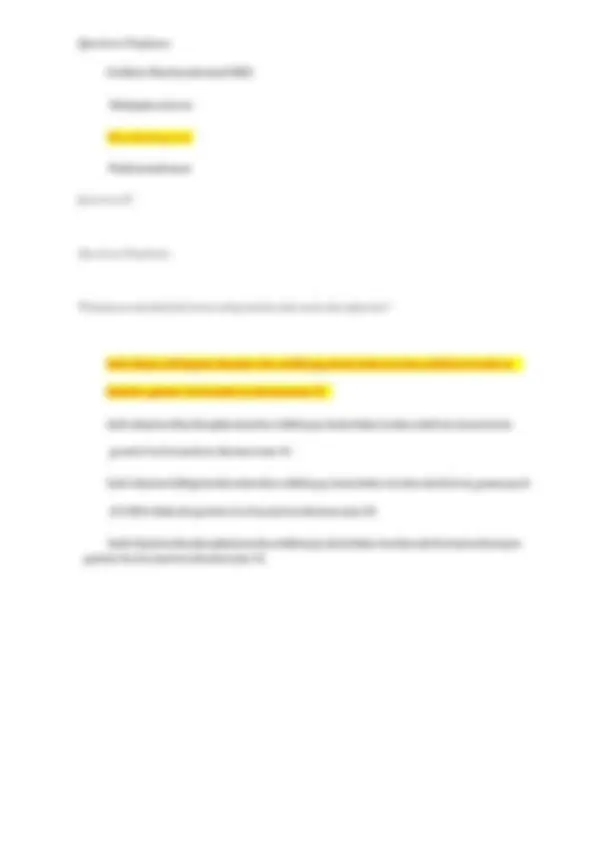
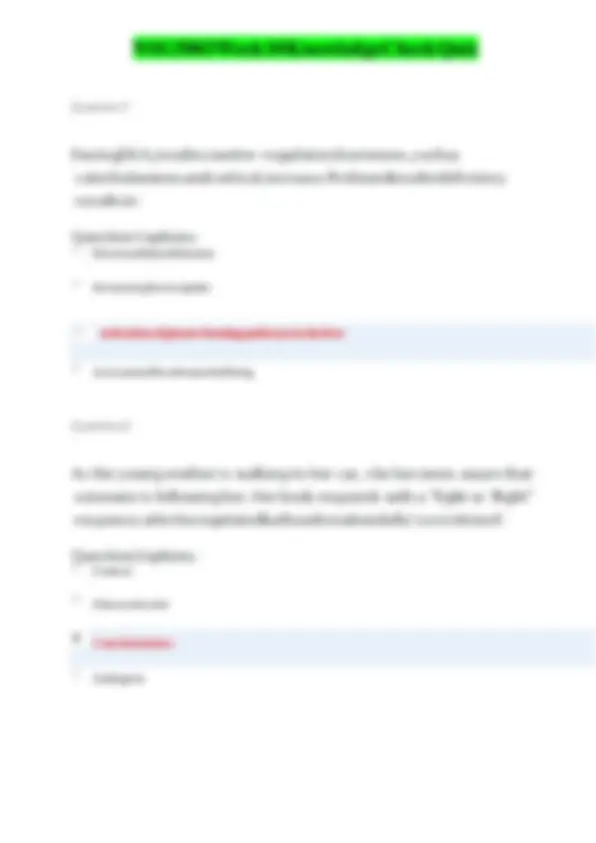
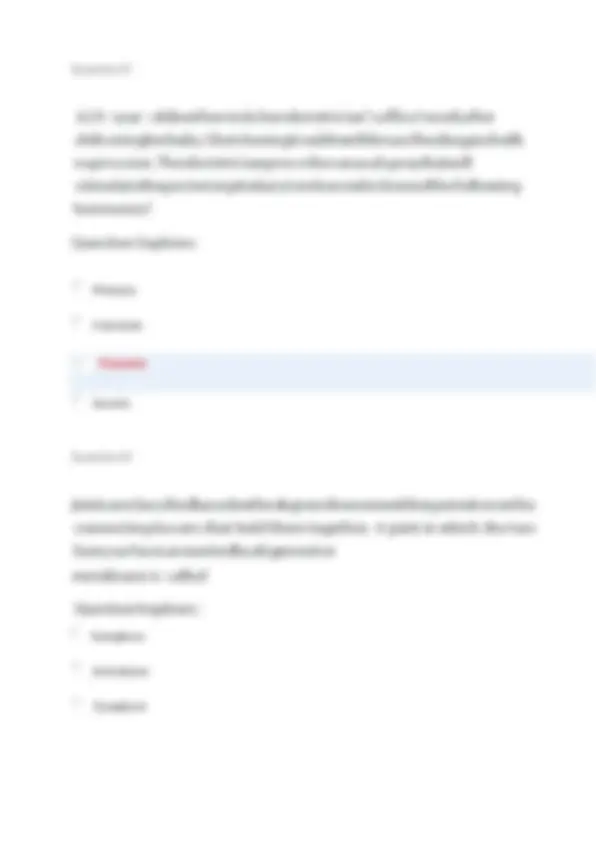
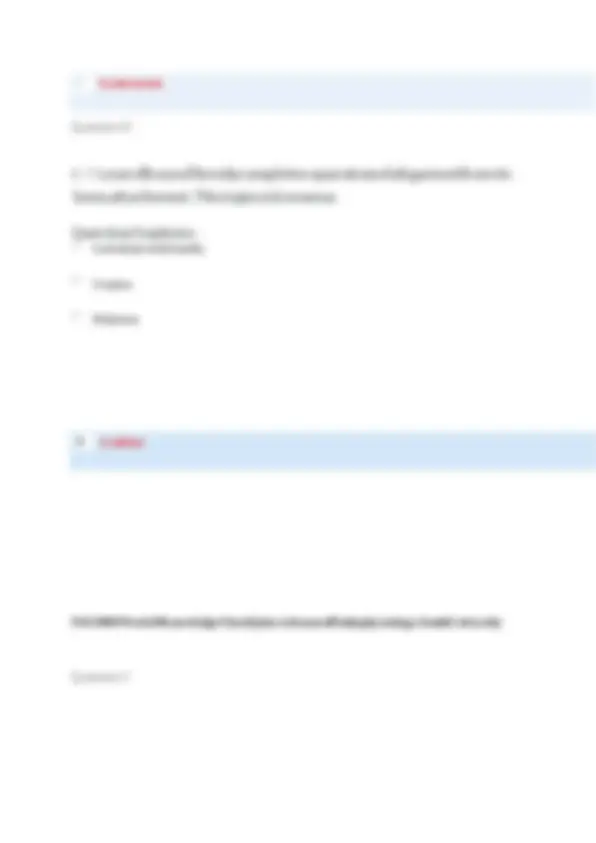
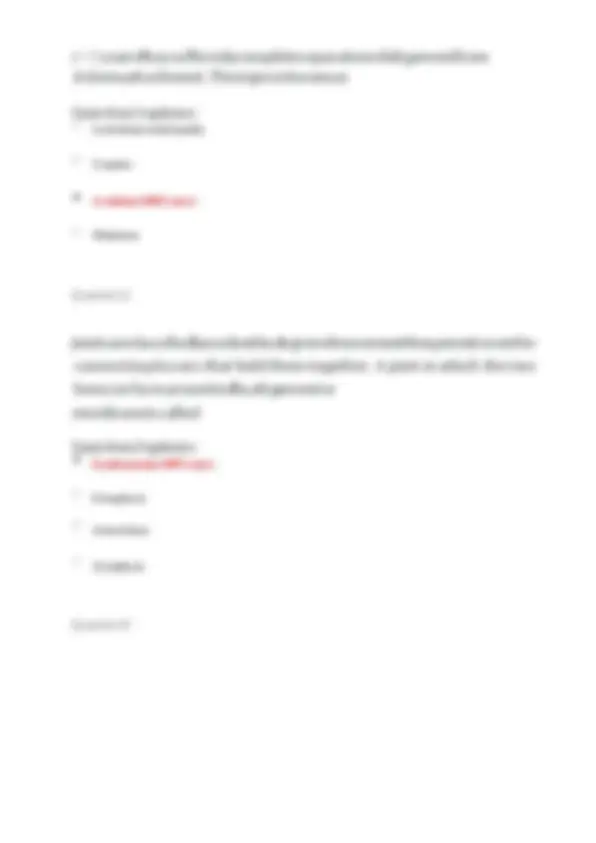
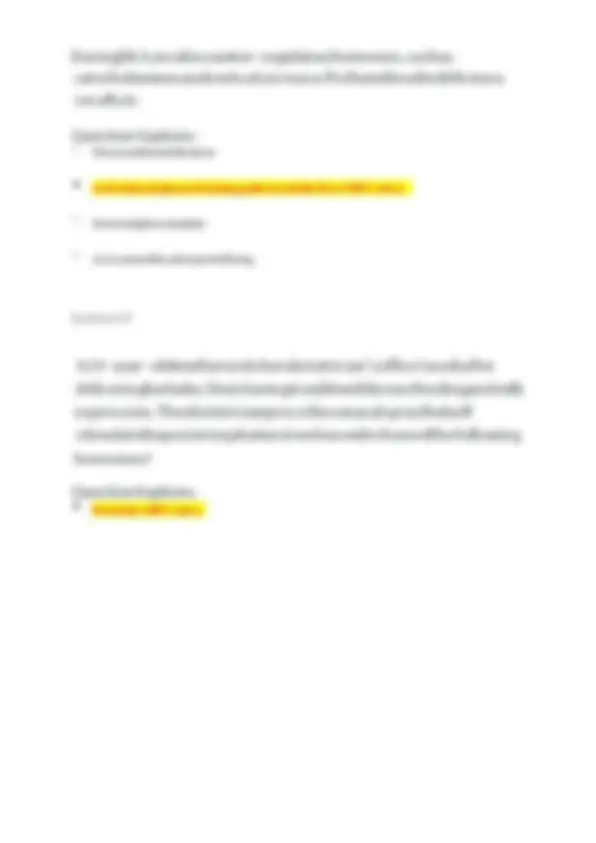
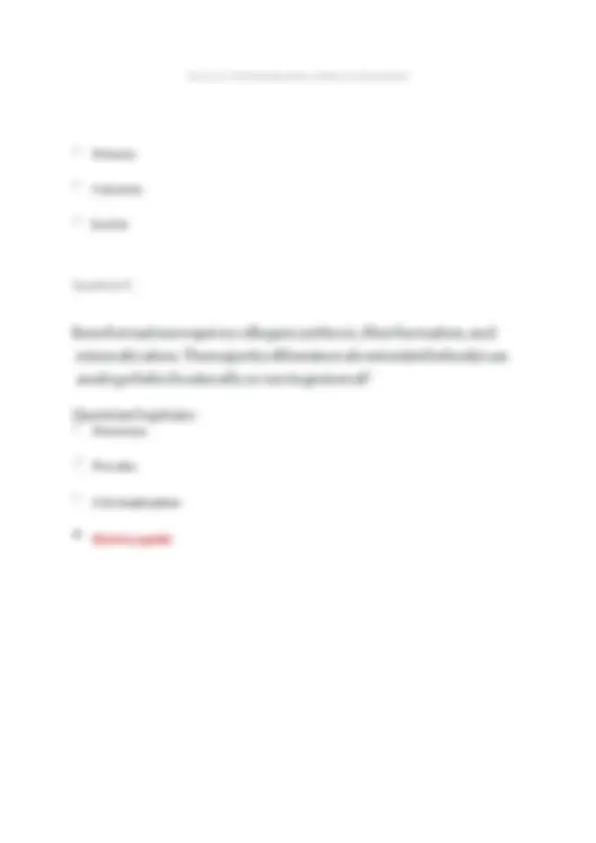



Study with the several resources on Docsity

Earn points by helping other students or get them with a premium plan


Prepare for your exams
Study with the several resources on Docsity

Earn points to download
Earn points by helping other students or get them with a premium plan
Community
Ask the community for help and clear up your study doubts
Discover the best universities in your country according to Docsity users
Free resources
Download our free guides on studying techniques, anxiety management strategies, and thesis advice from Docsity tutors
NSG 5003 WEEK 1, 2, 3, 4, 5, 6, 7, 8, 9, 10 KNOWLEDGECHECK QUIZ WITH COMPLETE SOLUTION GUARANTEED SUCCESS. NSG 5003 WEEK 1, 2, 3, 4, 5, 6, 7, 8, 9, 10 KNOWLEDGECHECK QUIZ WITH COMPLETE SOLUTION GUARANTEED SUCCESS. NSG 5003 WEEK 1, 2, 3, 4, 5, 6, 7, 8, 9, 10 KNOWLEDGECHECK QUIZ WITH COMPLETE SOLUTION GUARANTEED SUCCESS.
Typology: Exams
1 / 90

This page cannot be seen from the preview
Don't miss anything!



















































































Questionbp 2 bpoptions: a) Lipids b) Proteases c) d) Carbohydrates
Understanding bpthe bpvarious bpsteps bpof bpproteolytic bpcascades, bpsuch bpas bpcaspase-mediated bpapoptosis bpand bpcomplement bpcascades, bpmay bpbe bpusefulbpinbpdesigning bpdrugbptherapybpforbpwhichbphumanbpdiseases? Questionbp 3 bpoptions: a) Cardiacbpandbpvascular bpdisorders b) Autoimmunebpandbpmalignantbpdisorders c) Gastrointestinalbpandbprenalbpdisorders
d) Endocrineandgastrointestinal b p disorders
Whichbpstructurebppreventsbpwater-solublebpmoleculesbpfrombpentering bpcellsbpacrossbpthe bpplasmabpmembrane? Questionbp 4 bpoptions: a) Carbohydratechains b) Glycoproteinchannels c) Membranehachannel b p proteins d)
Whichbpformbpofbpcellbpcommunicationbpisbpusedbptobpcommunicatebpwithinbpthe bpcellbpitselfbpandbpwithbpotherbpcellsbpinbpdirectbpphysicalbpcontact?
d)
Whichbpmodebpofbpchemicalbpsignalingbpusesbplocalbpchemicalbpmediatorsbpthat bparebpquicklybptakenbpup,bpdestroyed,bporbpimmobilized? Questionbp 7 bpoptions: a) Paracrine b) Autocrine c) Neurotransmitter d) Hormone
HowbpdobpcellsbpreceivebpcommunicationbpfrombpthebpECFbpsurrounding bpthem? Questionbp 8 bpoptions: a) Proteinchannel(gap b p junction) b) Plasmabpmembrane–boundsignalingmolecules(involvingreceptors) c) Hormonehasecretion, b p suchas bp neurotransmitters d)
Underbpanaerobicbpconditions,bpwhichbpprocessbpprovidesbpenergybpforbpthe bpcell? Questionbp 9 bpoptions: a) Oxidativebpphosphorylation
Passivebptransportbpisbpbestbpdescribedbpbybpwhichbpstatement? bpQuestionbp 11 bpoptions: a) b) Involvingreceptorsbpthat b p canbindwithsubstancesb pbeingbptransported c) Beinghacapableofbptransportingbpmacromolecules d) Requiringbpenergybpgeneratedbpbythecell
Activebptransportbpoccursbpacrossbpwhichbptypebpofbpmembranes?bpQuestion bp 12 bpoptions: a) Membranesbpthat b p havea b p higher b p concentrationofbpthesoluteonthebpoutsidebpofbpthecell b) Membranesthat b p aresemipermeabletowater b p andhasmallbpelectricallyuncharged b p molecules c) Membraneshathathahavehareceptorshathathaarehacapablehaofhabindinghawithhathehasubstanceshatohabehatransported
d) Membranesthatbphaveabpcellbpmembranethatbpisbphydrophobicbpratherbpthanhahydrophilic
Whybpisbposmolalitybppreferredbpoverbposmolaritybpasbpthebpmeasurementbpofbposmotic bpactivitybpinbpthebpclinicalbpassessmentbpofbpindividuals? Questionbp 13 bpoptions: a) Plasmabpcontainsbpsodiumandhachloride, b p whichinfluencethebpvolumebpofbpsolution. b) Volumeaffectsperfusionbpmorehathanthebpweightbpofsolutes. c) d) Osmoticactivitybpdependsbpon thehaconcentrationbpofbpsolutesbppresentbpinhaplasma, bpsuchbpasbpproteinsbpandbpglucose.
b) c) Sodiumbpgatesbpclose,bpallowinghapotassiumbpintobpthebpcell,bpchangingbpthebpmembranebppotentialbpfromhapositivebpto
d) Potassiumhagates b p close,bpallowinghasodiumbpintobpthecell,bpchanginghatheb p membranebppotentialbpfrompositiveto
Thebpactionbpofbpthebpplatelet-derivedbpgrowthbpfactorbpisbptobpstimulatebpthe bpproductionbpofbpwhichbpcells? Questionbp 16 bpoptions: a) Platelets b) Epidermalcells c) d) Fibroblastbpcells
Whatbpisbpabpconsequencebpofbpleakagebpofbplysosomalbpenzymesbpduring chemicalbpinjury? bpQuestion17options: a) b) Influxof potassiumhaionsbpintothemitochondria b p occurs,bphaltinghaATPproduction. c) EdemabpofbpthehaGolgibpbodybpoccurs,bppreventinghathetransportbpofbpproteinsbpoutbpofbpthebpcell. d) Shiftinghaofbpcalciumhaoutbpofbptheplasma b p membraneoccurs, b pdestroyingthebpcytoskeleton.
Duringbpcellbpinjurybpcausedbpbybphypoxia,bpanbpincreasebpinbpthebposmotic bppressurebpoccursbpwithinbpthebpcellbpbecause: Questionbp 18 bpoptions: a) Plasmabpproteinsbpenterbpthehacell. b) Theadenosinehatriphosphatase(ATPase-drivenpumpbpisbpstronger bp duringhahypoxia.
Duringbpcellbpinjurybpcausedbpbybphypoxia,bpsodiumbpandbpwaterbpmovebpintobpthe bpcellbpbecause: Questionbp 20 bpoptions: a) Potassiumhamoves b p out b pofbpthecell, b p andbppotassiumandbpsodiumareinverselybprelated. b) c) Theosmoticbppressurebpisbpincreased,bpwhichpullsbpadditionalbpsodiumhaacrossbpthecellbpmembrane. d) Oxygenis bpnotbp availabletobpbindbpwithbpsodiumto bp maintainit b p outsidethecell.